“Children, it’s your turn.”
The girls and boys are led onto the stage by Santa Claus.

Photo: Vaghinak GhazaryanMediamax
“We have guests! They are here to watch our rehearsal,” explains Ms Zareyan. “Let’s keep going.”

Photo: Vaghinak GhazaryanMediamax
The kids rush to the backstage in the same disorderly manner in which they ascended to the stage.

Photo: Vaghinak GhazaryanMediamax
The rehearsal is held in the local administration building of Geghamasar village (Gegharkunik marz, Armenia). You can notice similar halls in Soviet films, in the scenes depicting party meetings or propagandist screenings.
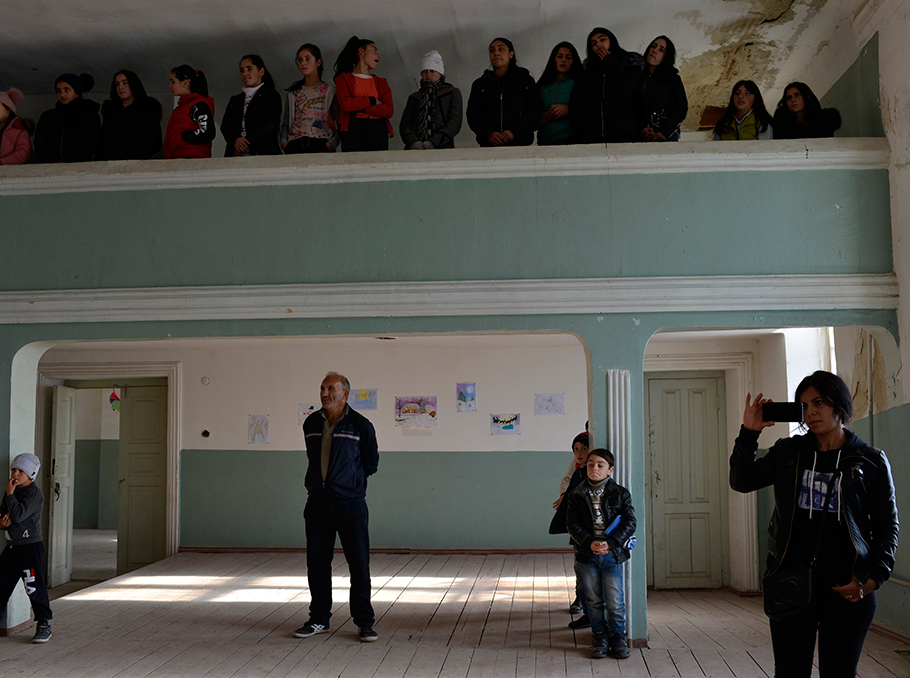
Photo: Vaghinak GhazaryanMediamax
The ceiling is low in the circle. The windows are brand new on one side and replaced with plastic bags on the other. The white paint on the stage background hides Vladimir Lenin’s portrait, and the Armenian flag is “decorated” with images of hammer and reaping hook.
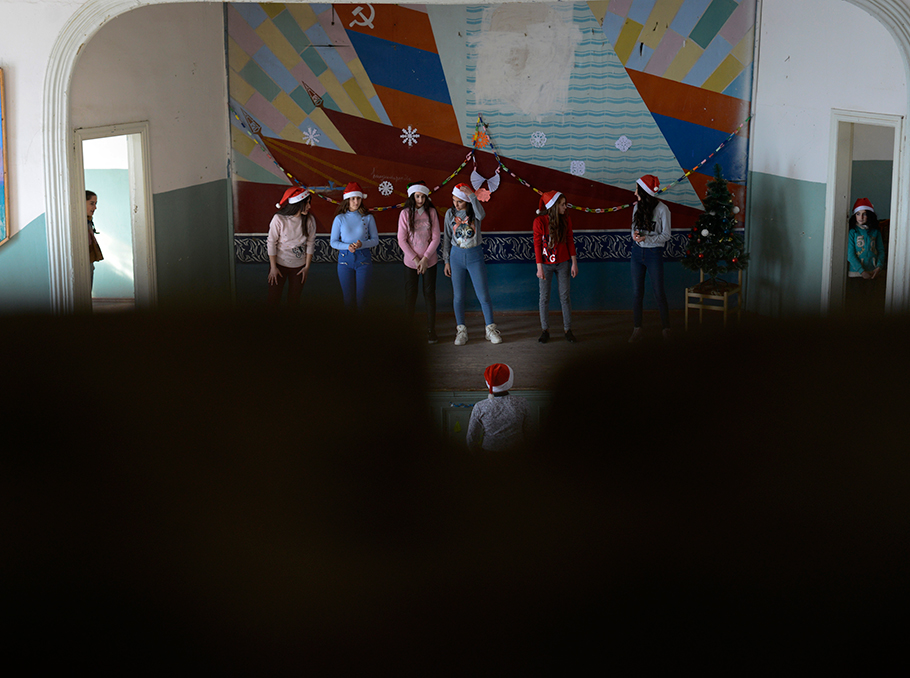
Photo: Vaghinak GhazaryanMediamax
When the children dressed in denim come forward with “Jingle Bells” and “All I want for Christmas is you” playing in the background, the times clash.
Each kid has a present for themselves in mind to ask from Santa Claus, but Mariam Zareyan’s students ask him to realize their biggest dream – get the school renovated.
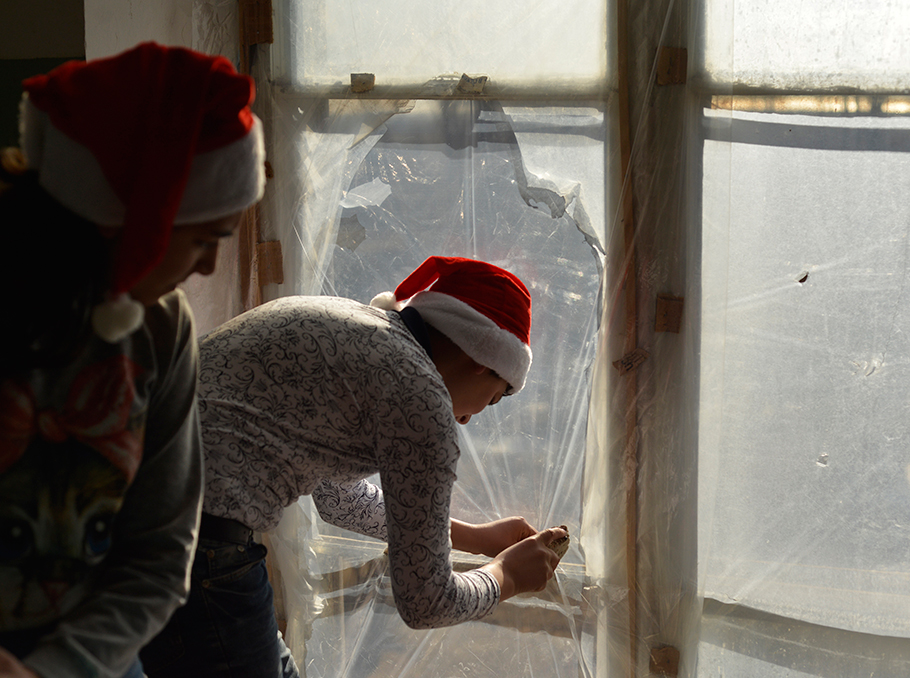
Photo: Vaghinak GhazaryanMediamax
The school opened in 1990 and the building is in a poor state now: there is no water supply, many classrooms lack parquet, and the event hall is simply not safe.
“The worst part is that the hall’s state forces us to hold the graduation events in the hallway,” explains one of the boys.
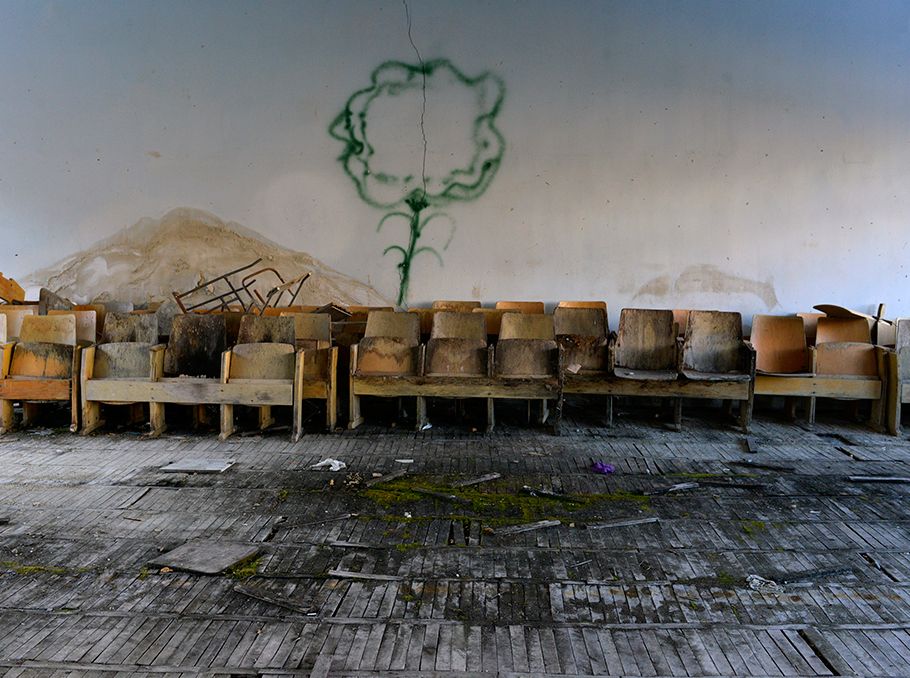
Photo: Vaghinak GhazaryanMediamax
He leads the “tour” and shows us the “tourist attractions” of the school, which currently has 212 students.
According to the marz administration, it is aware of the issues, and it promises to help “when possible”.

Photo: Vaghinak GhazaryanMediamax
Mariam was deeply concerned when she faced the conditions in the school for the first time, fearing that children could not take education seriously if it was provided in that kind of building.
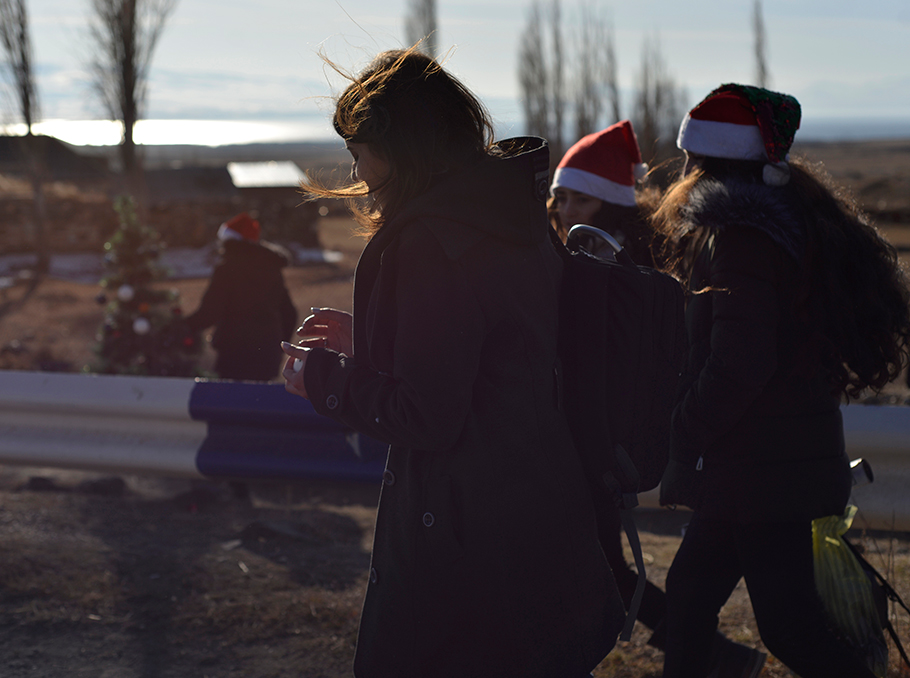
Photo: Vaghinak GhazaryanMediamax
“If we can’t secure basic conditions for them, why should they study? That is what I assumed children would think. But they did not complain. They adapted to the conditions and tried to do their best, and it makes them an example you want to follow,” explains Mariam.

The “child teacher”, as the people of Geghamasar call her, has been teaching biology and natural sciences in the village for two almost years. She was not accepted right away by the students, especially those in higher grades, as she is just a few years older than them. To speed up the processes of introduction and adaptation, Mariam organized picnics and participated in neighborhood clean-ups and other community events along with her students.

Photo: Vaghinak GhazaryanMediamax
The young biochemist always wanted to live in a rural area. In her university years, Mariam often heard from other students that they did not have English or math teachers in school, so when she learned about TFA, she knew she had to join it. On one hand, she would live the unhurried life in a village and on the other, do useful work.
Mariam spends most of the day in the school. The classes are followed by the meetings of biology and drama clubs. When Mariam finally gets home, it’s time for catch-up lessons for the students who need them. The weekends offer activities outside of home too: Mariam and the students clean the village from garbage and install posters against tree cutting.
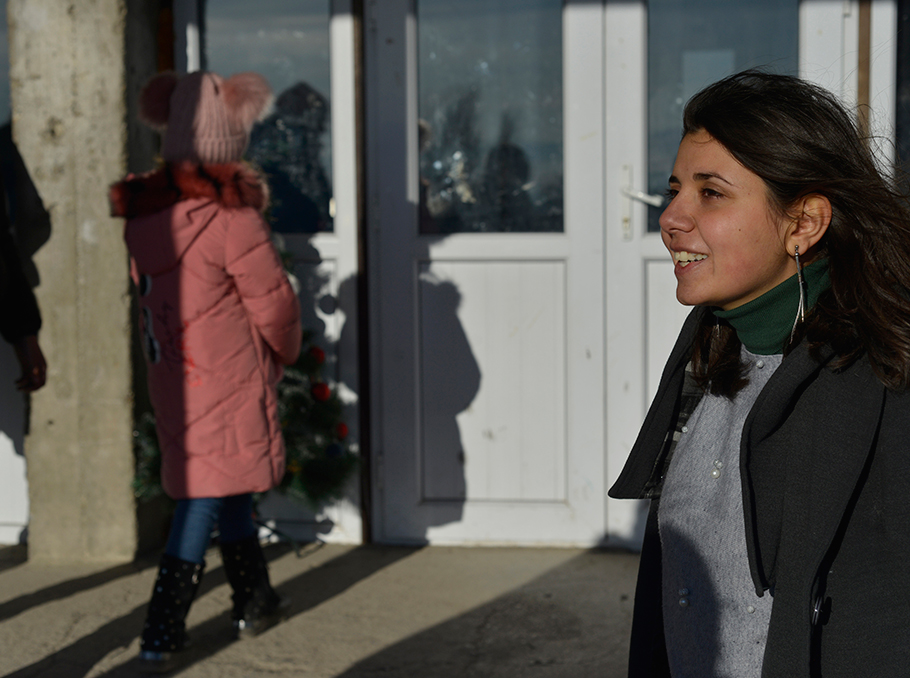
Photo: Vaghinak GhazaryanMediamax
According to Mariam, her students are similar to other children in rural communities in the sense that they do not believe they can realize their dreams. She often talks with them about having dreams and the ways you can make them come true.
“Informal communication helps a lot, children can express their opinions freely. They explain why they don’t believe they are able to achieve anything in life. When we discover the root of that disbelief, the children start seeing the solutions,” tells Mariam.
“Making mistakes isn’t just allowed – it is necessary!” This principle is for those who fear making an error. Everyone has to participate in the class, and there are no “A students” and “botchers”.
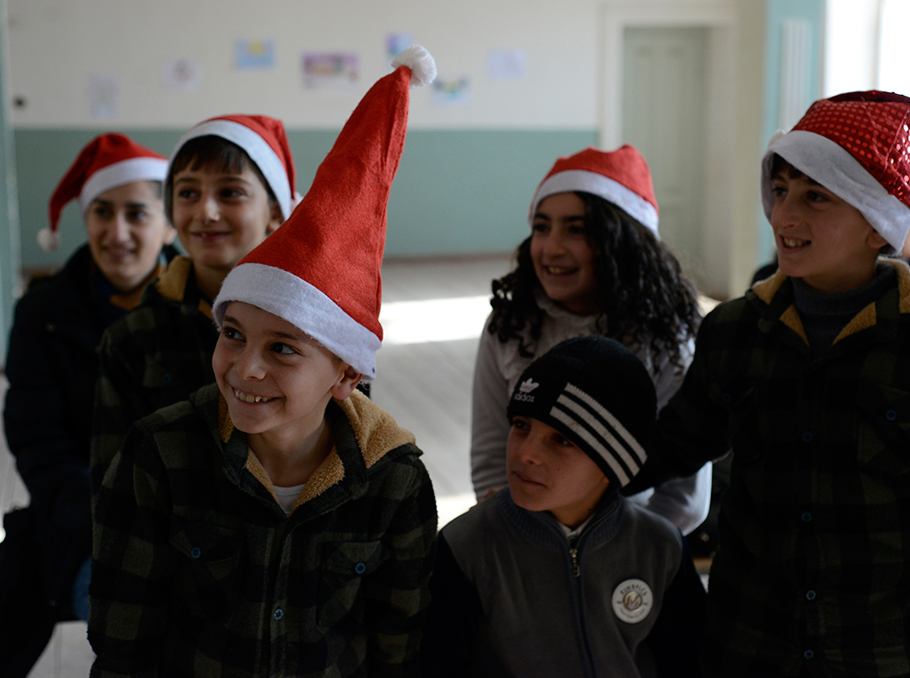
“Ms Zareyan’s lessons are always interesting. She does everything to make us understand and remember, not just memorize the material.”
“I wasn’t really good at biology, but she gave me a few individual lessons and I caught up with the class.”
“We have rules of behavior in the class. If you break them, Ms Zareyan doesn’t punish you. She makes you do dictations and write essays!”
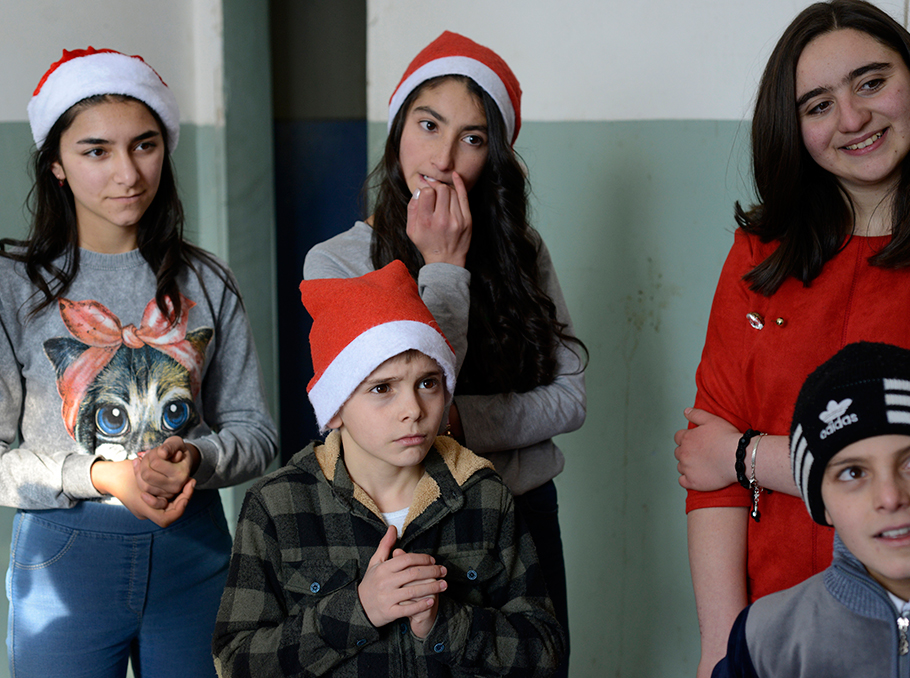
Photo: Vaghinak GhazaryanMediamax
“If we follow the rules, we get little stars,” one student interrupts the flow of “testimonies” from the others. “We study well to get more stars and become the bonus students of the months. Ms Zareyan gives us presents if we do.”
“If you become the bonus student for two or three times, you are named the student of the year and you get an even bigger prize.”
“She organizes events for us and they stir up even the most passive kids.”
“Me, for example,” confirms one of the boys.
“Ms Zareyan never gets angry. She explains everything calmly.”
“She says she’ll never hit a kid, whatever happens. But she tells us how to behave.”
“Our lessons are like fairytales! With Ms Mariam, we want to achieve more.”
“Are you talking about Ms Zareyan?” a younger student asks, running up to us. “She’s a good teacher, I wish she stays at our school.”
“Like, for 5 years.”
“No, 5 years isn’t much.”
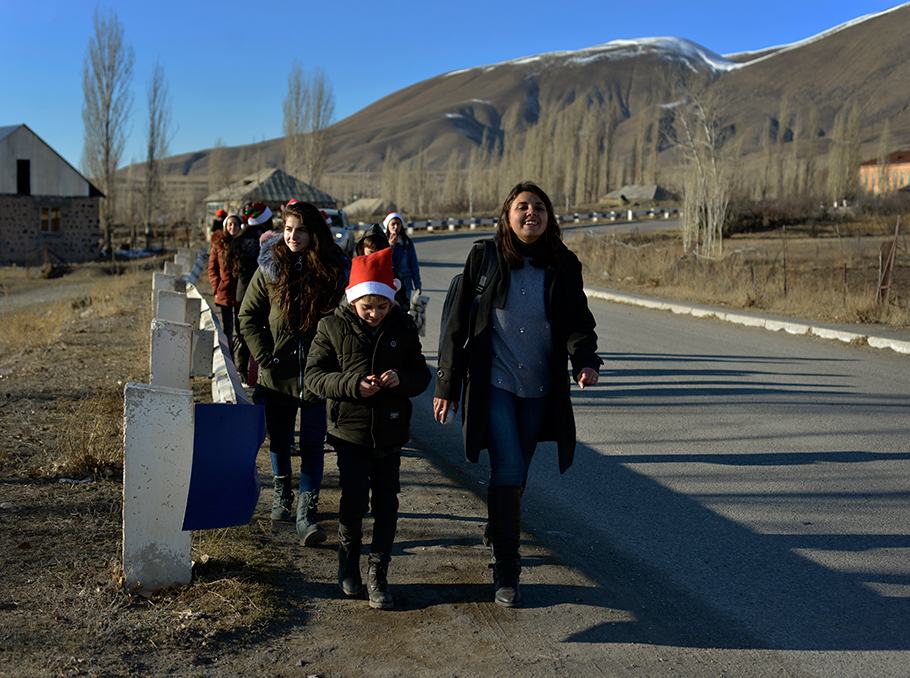
Photo: Vaghinak GhazaryanMediamax
“If she stays for 5 years, we’ll convince her at the New Year party to stay longer.”
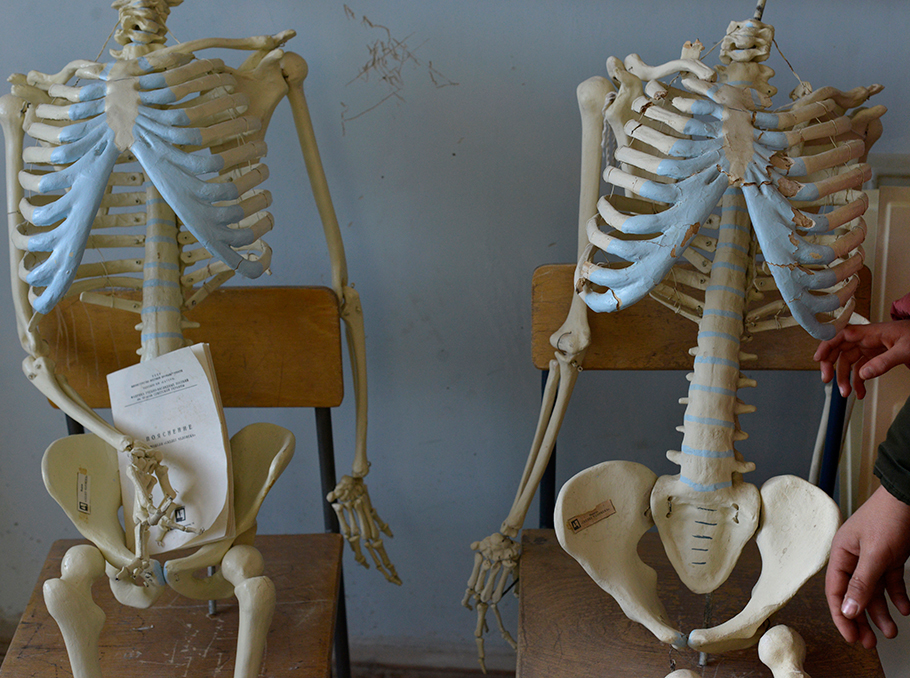
Photo: Vaghinak GhazaryanMediamax
After telling me stories about Ms Zareyan for 15 minutes straight, the students invite me to look at Mariam’s findings: materials relevant for biology lessons, a microscope, plaster skeletons. She discovered them in the school’s storage room and if the biology classroom was renovated, the findings could have become part of a proper laboratory.
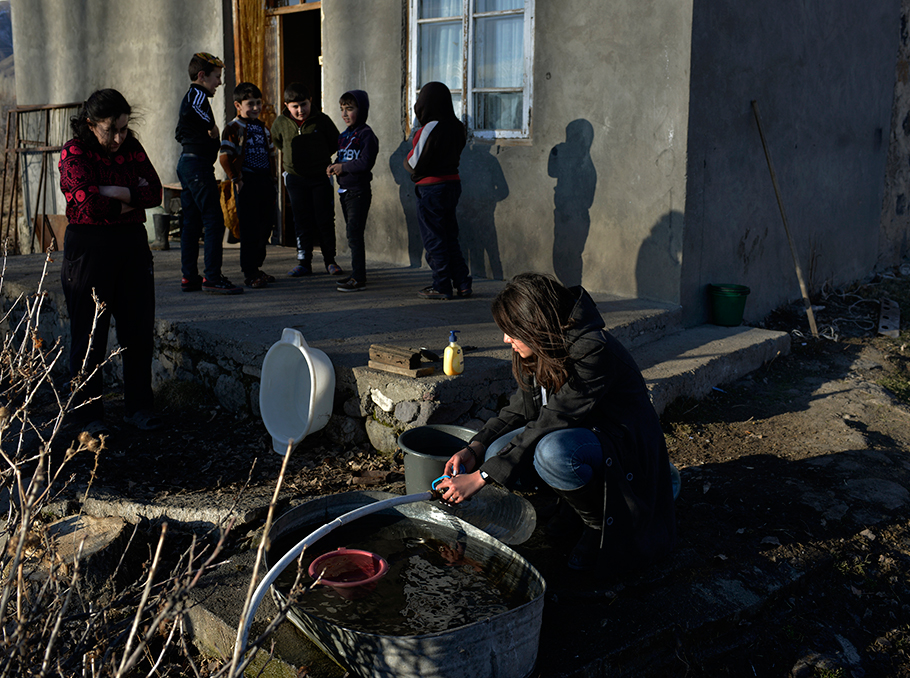
Photo: Vaghinak GhazaryanMediamax
Geghamasar is a border village. It used to be called Shishka, which means “large stone” in Turkish, the residents say. The village was populated by Azerbaijanis in the Soviet period, but after the Karabakh war it became populated by Armenians deportees from Azerbaijan.
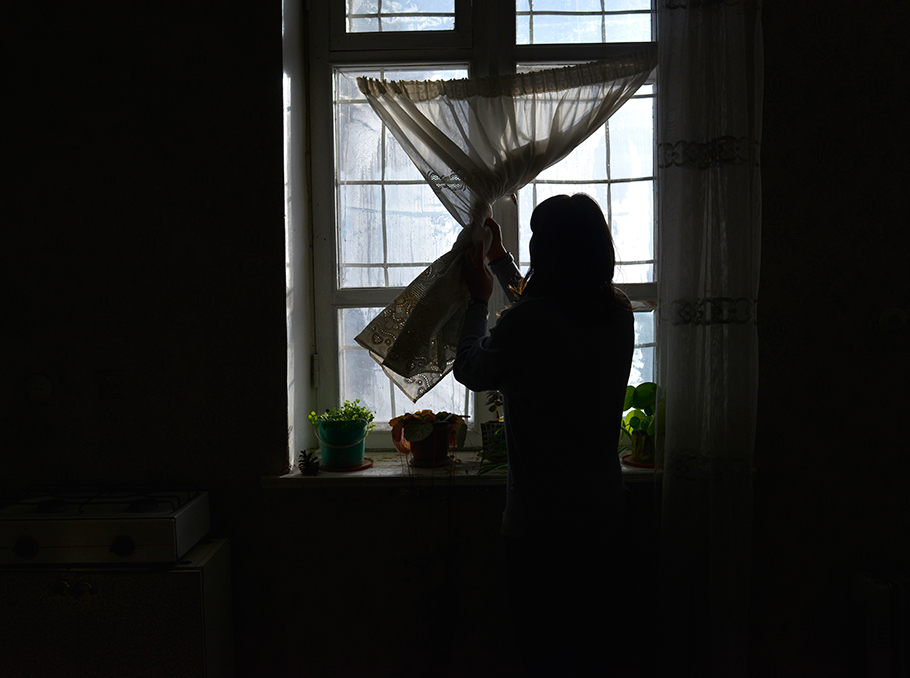
Photo: Vaghinak GhazaryanMediamax
The house Mariam lives in now was built in 1966, as the plate on the wall indicates. There is no water supply and she brings water in buckets from the neighbors. Mariam heats the house by burning wood in the stove. She does not complain about the conditions: her students live the same way, so Mariam believes she has no right to lament about things like water and heating.
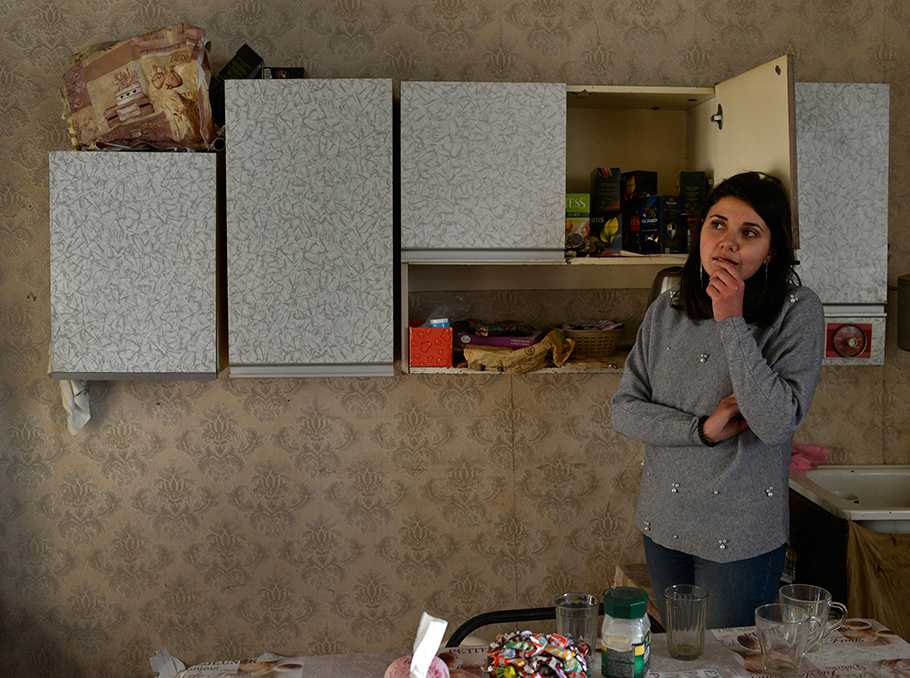
Photo: Vaghinak GhazaryanMediamax
“I found it hard to light the stove at first, so the children would come to my place and help me out, give advice. One kid recommended using oil to get the fire started. I tried, and the smell of burnt oil filled, probably, the entire village. Another thought we could try putting paper in the bottle and light it like that first. In the end, after trying a bunch of methods, I came to realize that the simplest way I knew – using pieces of paper to start the fire – was actually the most effective,” recalls Mariam.
She hosts students at her light one-room house quite often. They come to have tea, talk, discuss events. The next one in the line is the performance by Mariam’s script about the importance of education and prevention of emigration.
Mariam’s two-year tenure at TFA ends in a few months. The students warn her: “Ms Zareyan, you know we’ll chain you down in the basement. You can’t leave us!” Mariam is happy to be appreciated in the village, but the young teacher doesn’t like staying in one place for a long time – it makes her lazy, and feels like she’s stagnating.
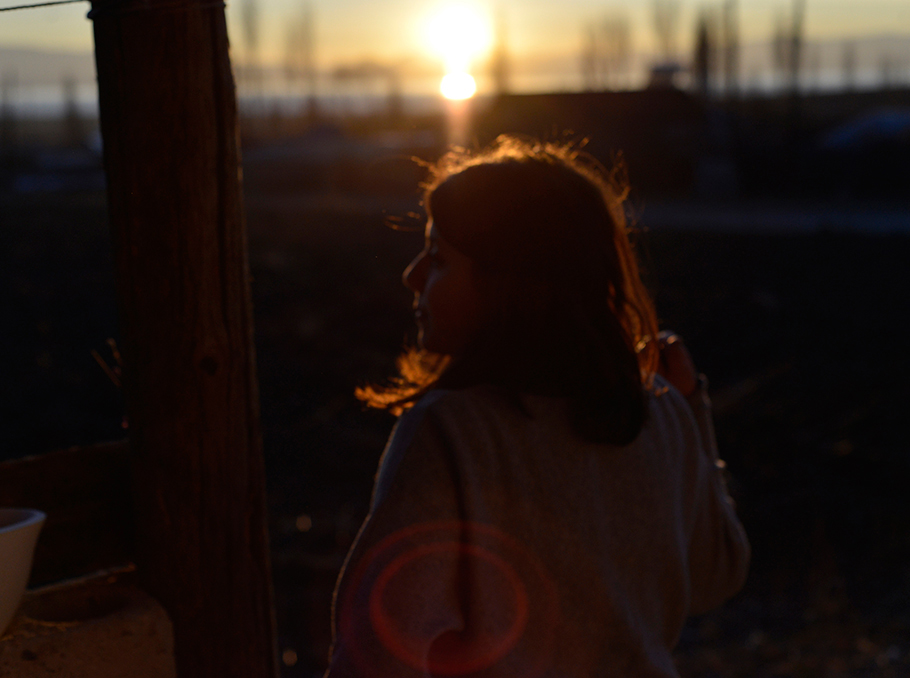
Photo: Vaghinak GhazaryanMediamax
The plan is to study agroecosystems abroad, but Mariam does not exclude the possibility of returning to school. She would like to work with lower grades, because she believes it is important to give good basic education.
“Children are the future of the country and if you can bring a good change into their lives, your work has a meaning. Teacher is not someone who conducts lessons, but someone who shows the children that the world has many paths and opportunities for them.
I will consider my job here done if my students know for certain that their future is not limited to marriage, army service and labor migration. I will be happy if 5 or 6 kids in each class get a profession, whether joining a university or going into arts, revive their village and advance their country instead of having to fill the ranks of labor migrants,” concludes Mariam.
Lusine Gharibyan
Photos by Vaghinak Ghazaryan (exclusive for Mediamax)
















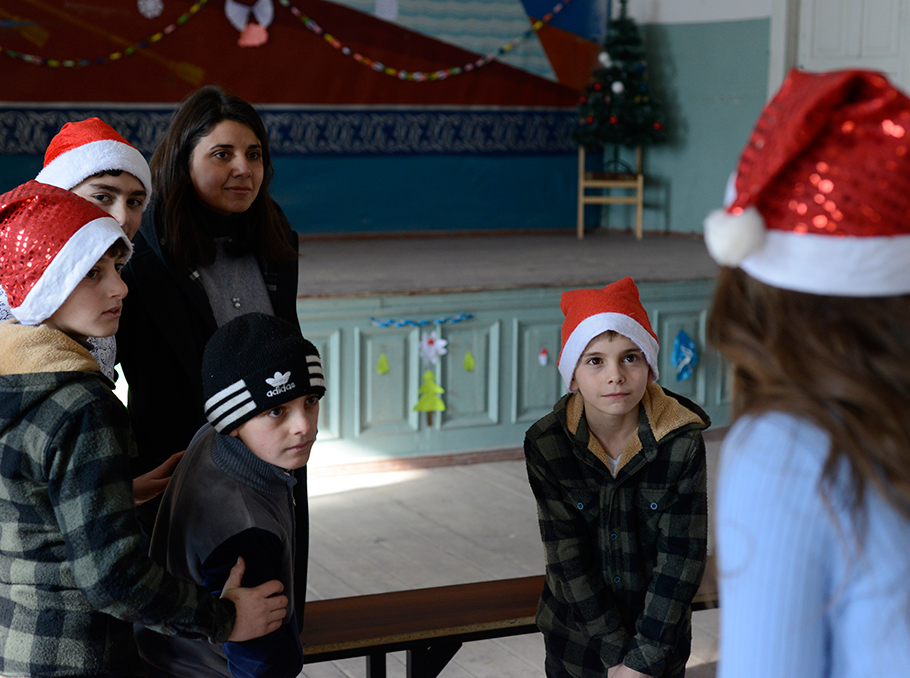
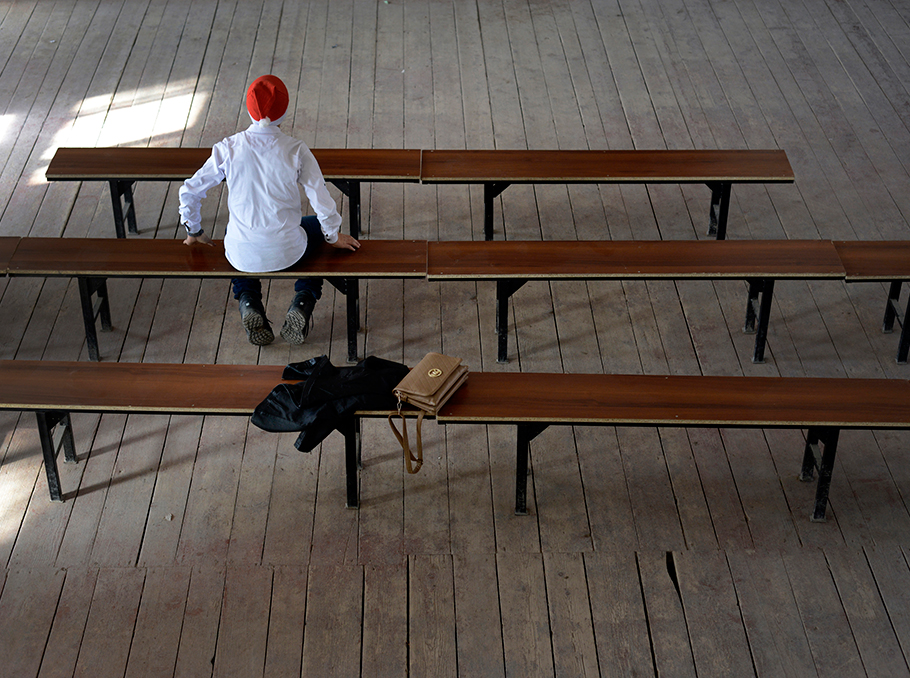
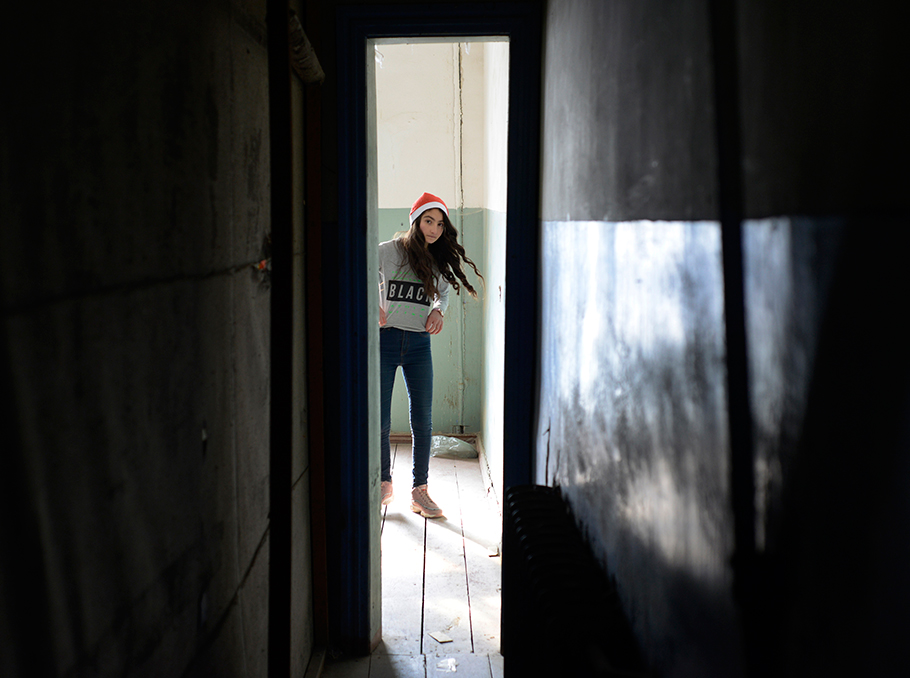
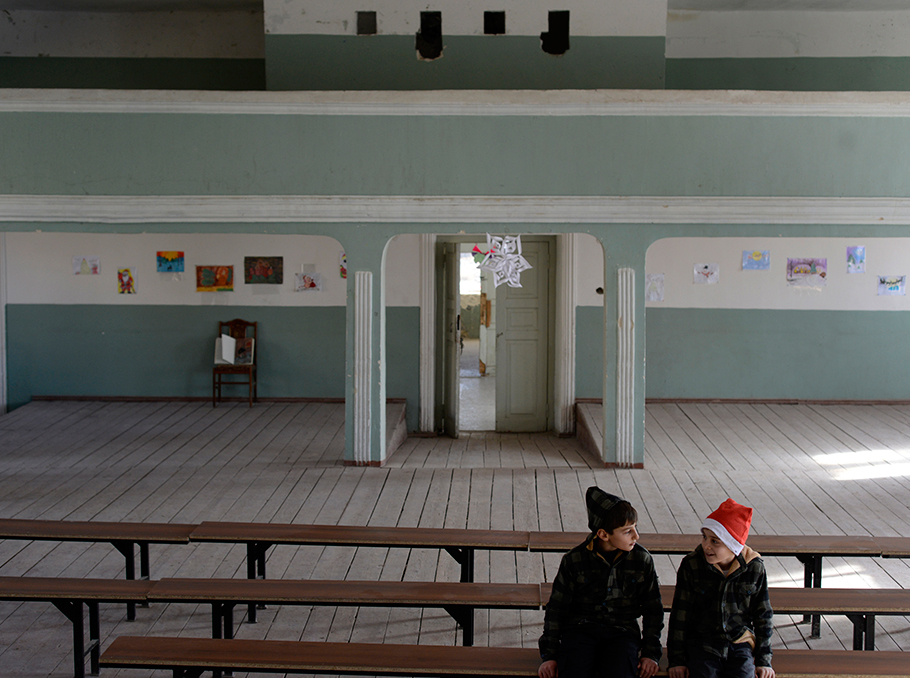
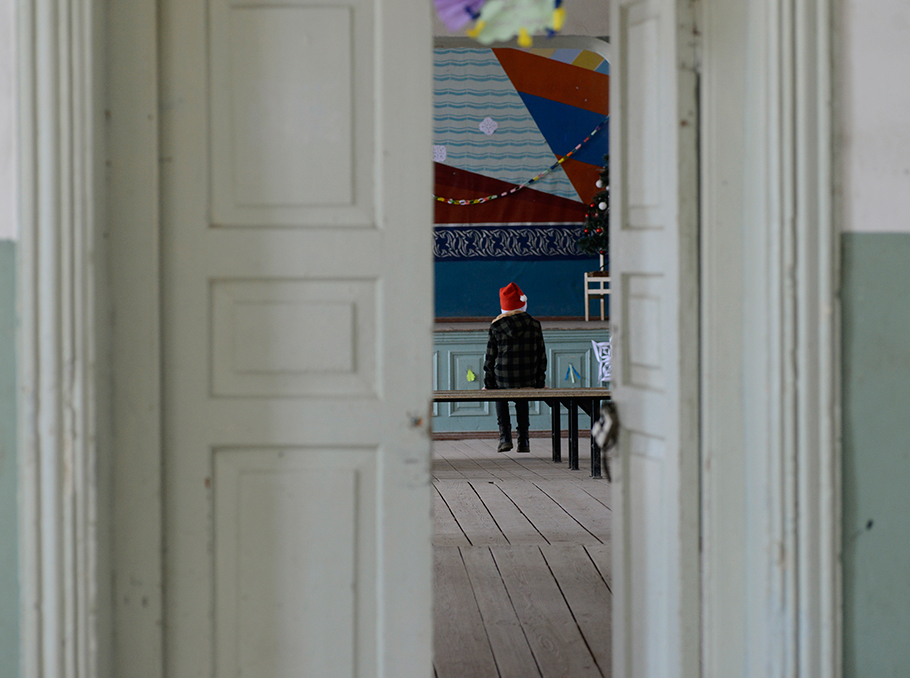

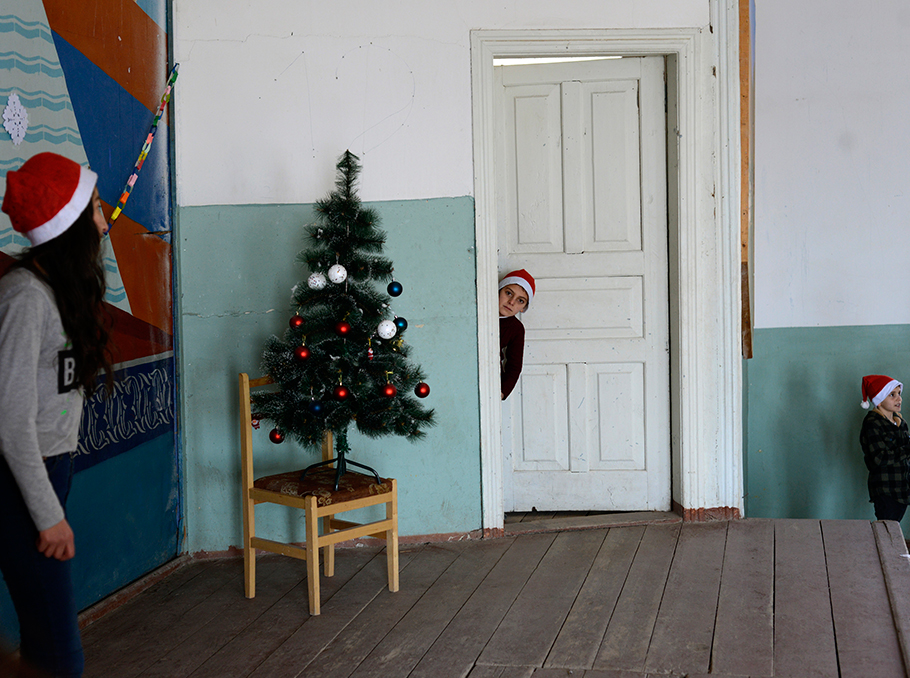

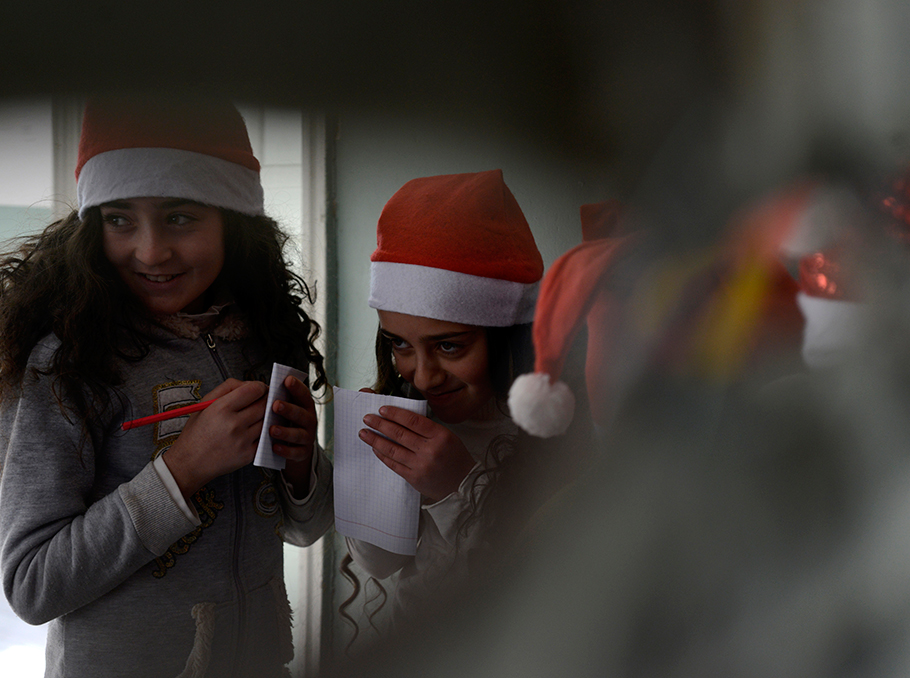

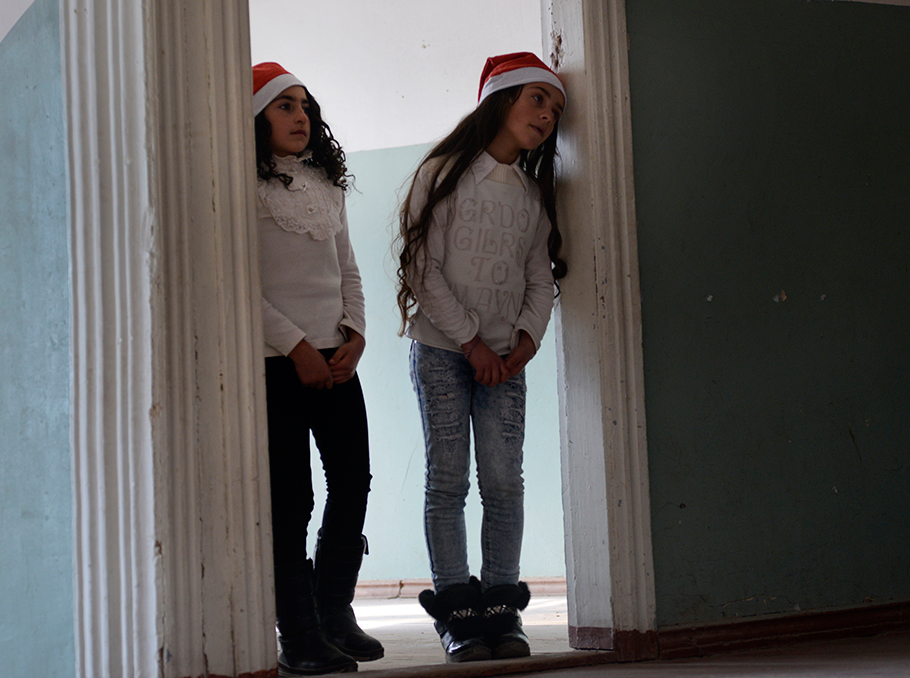


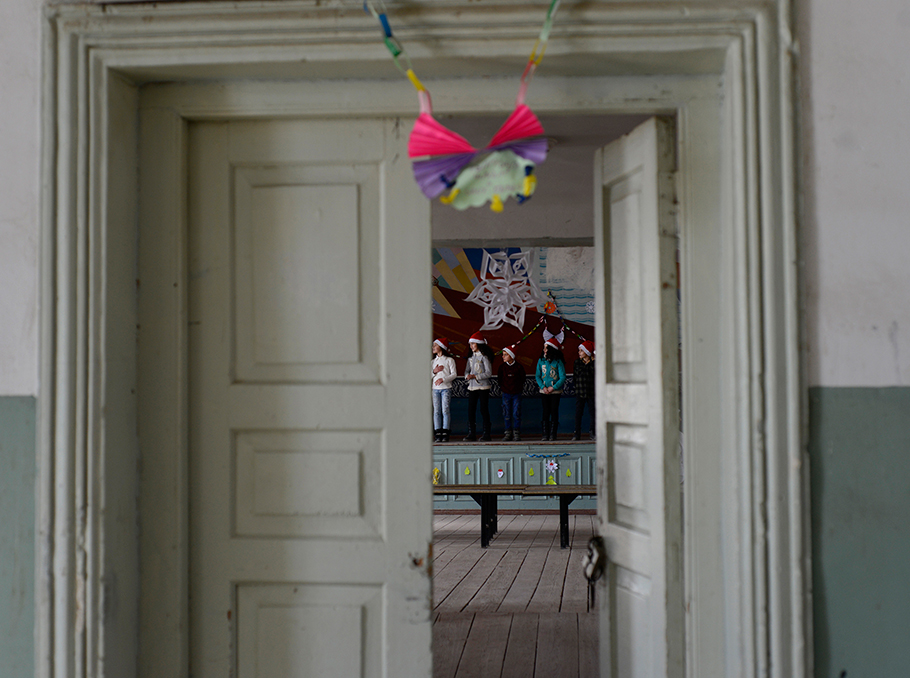
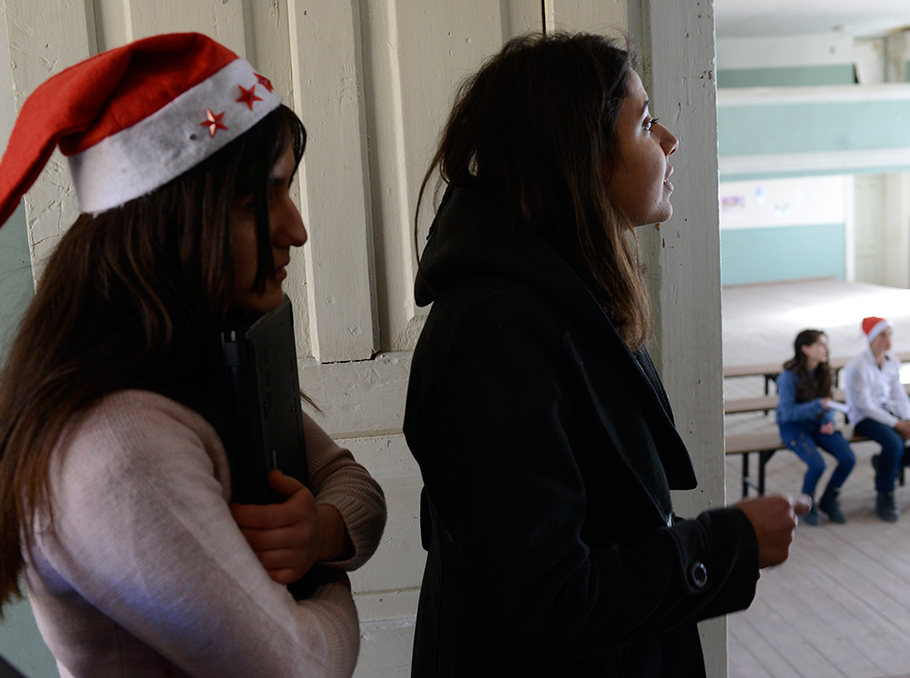
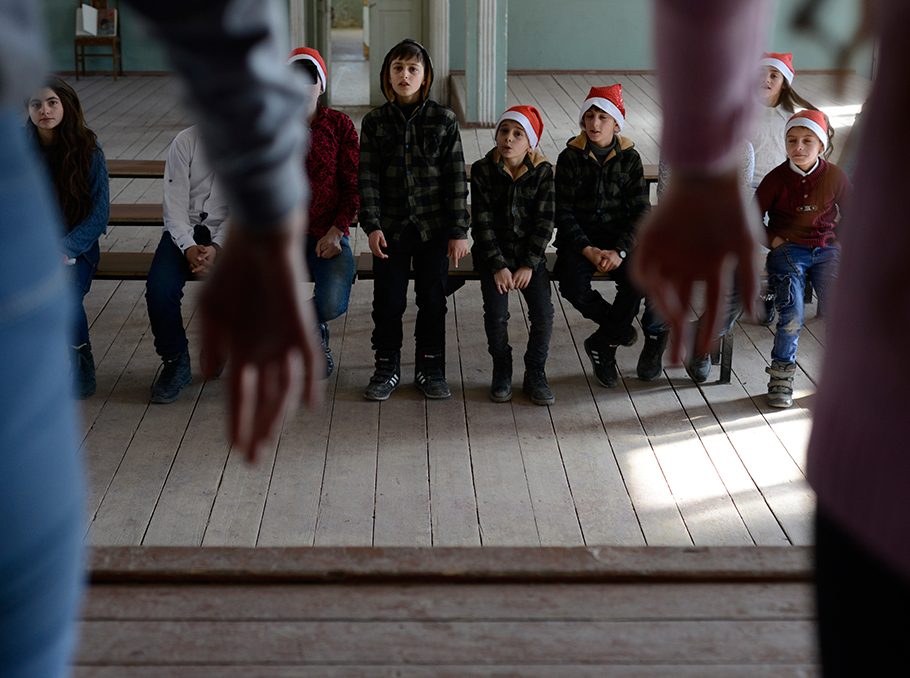
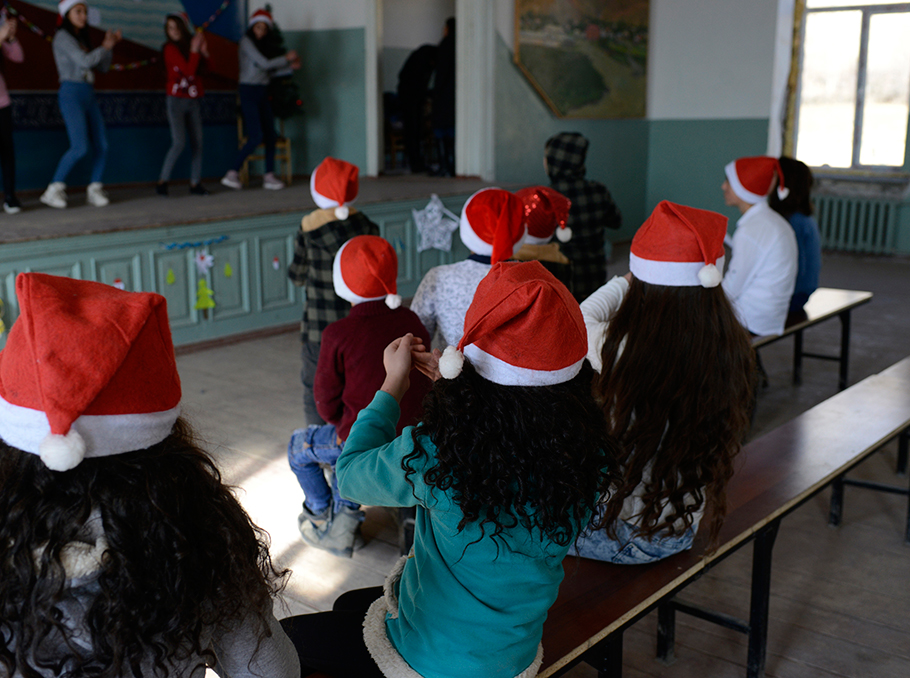


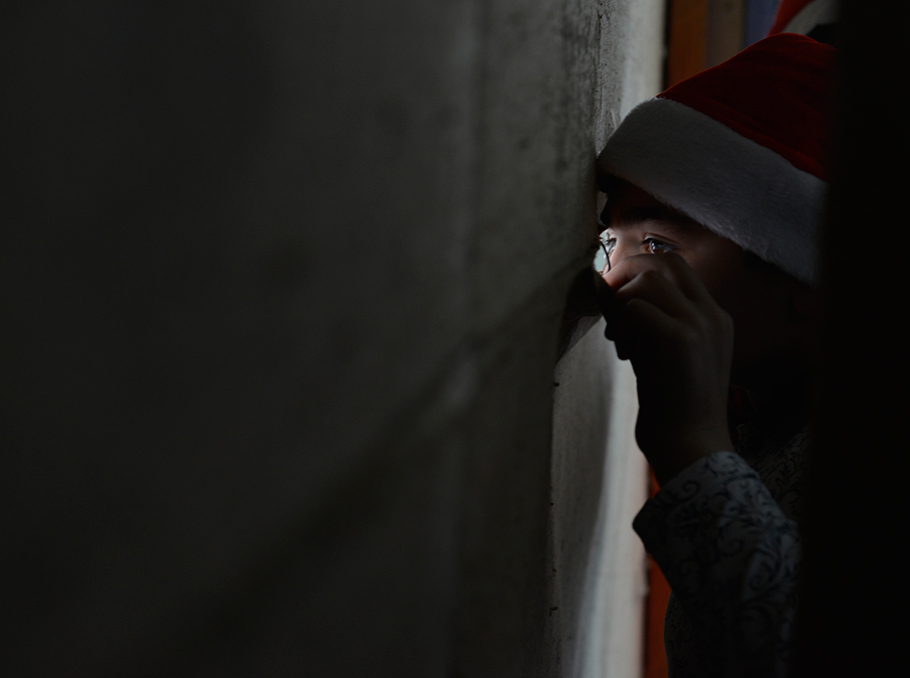
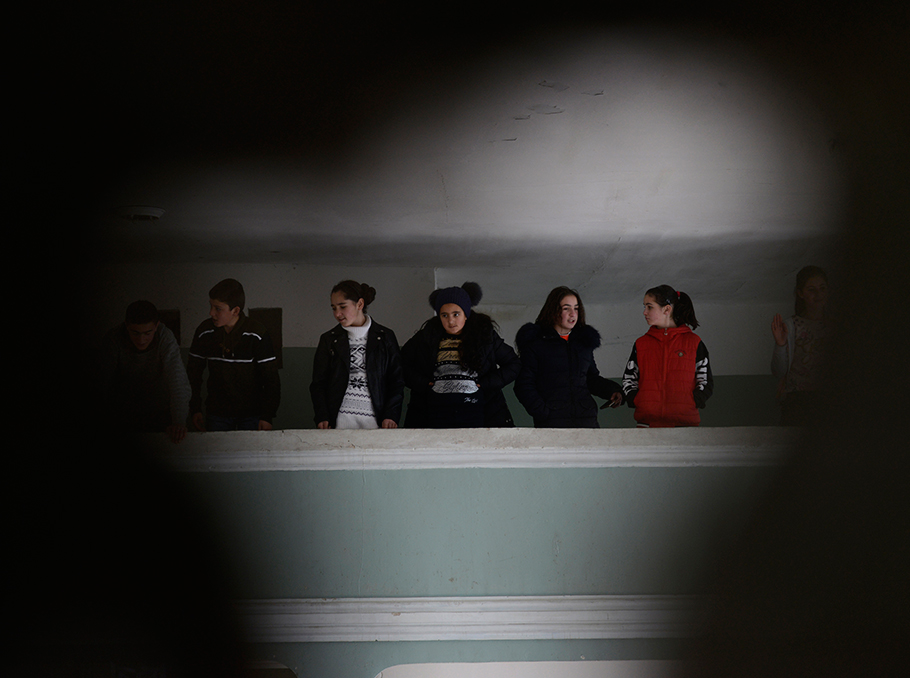
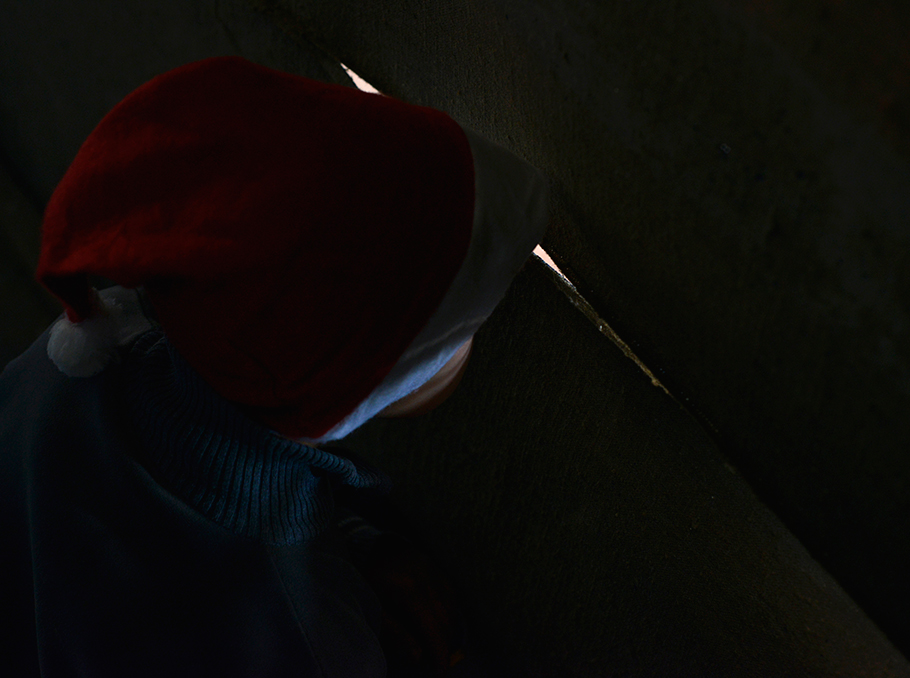

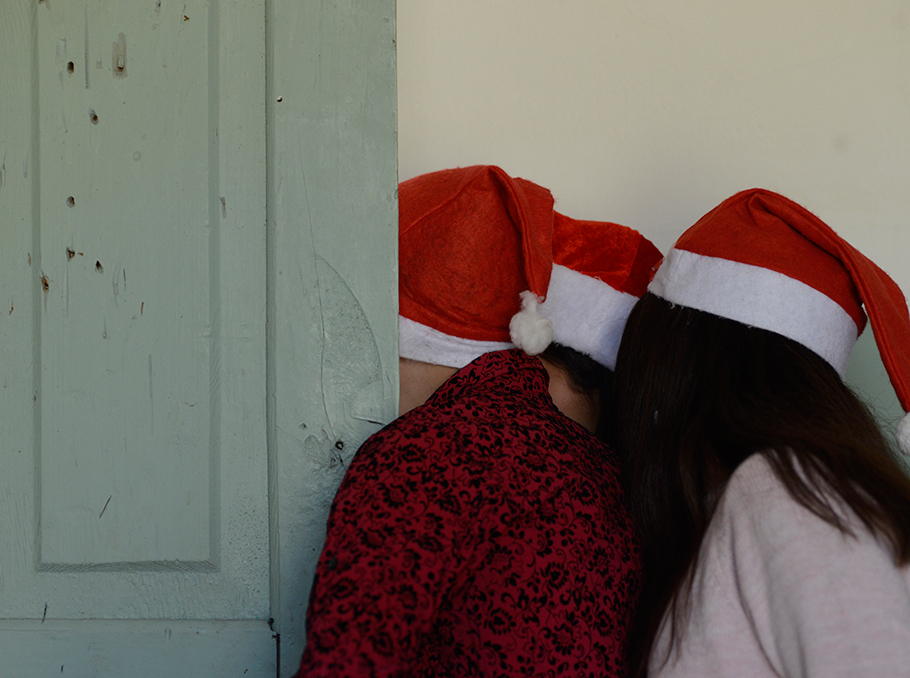
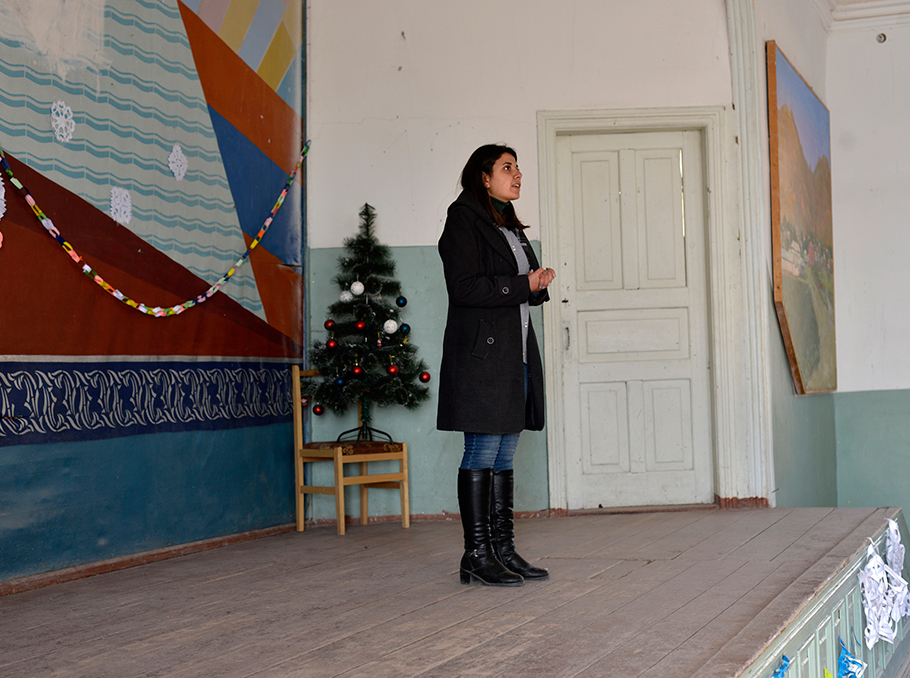
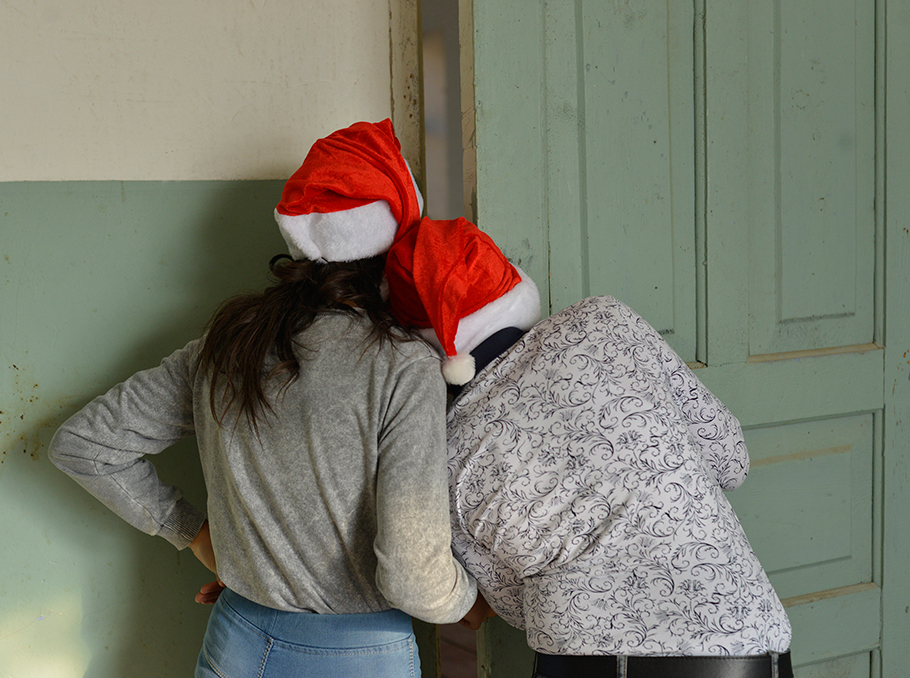
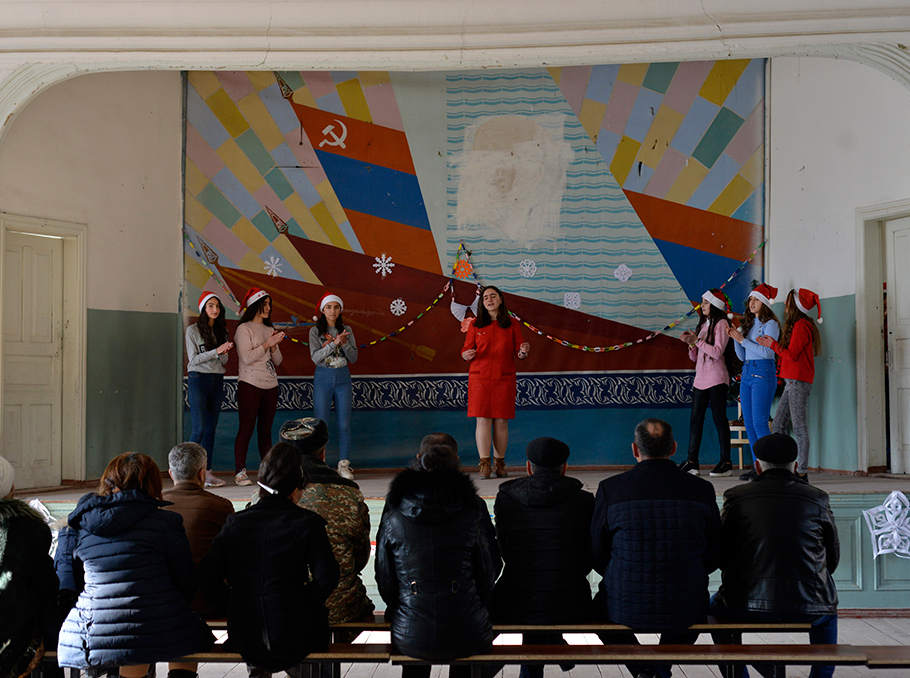
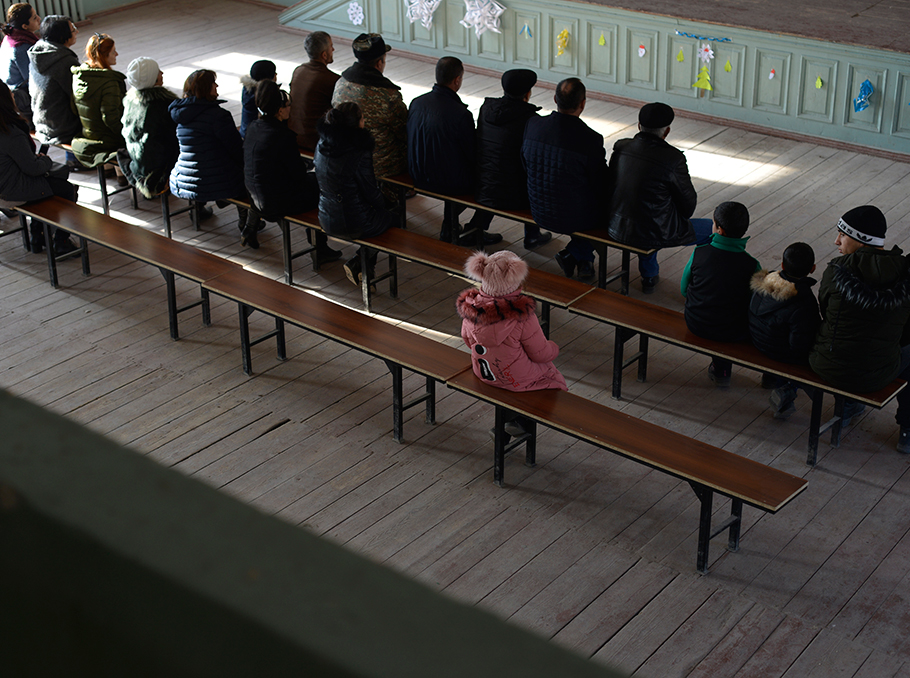

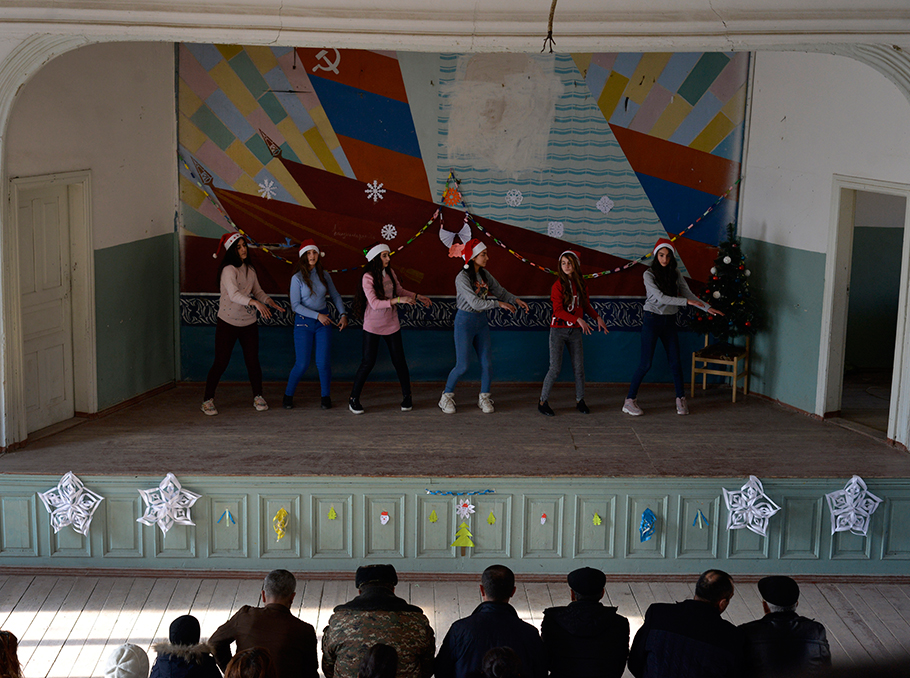
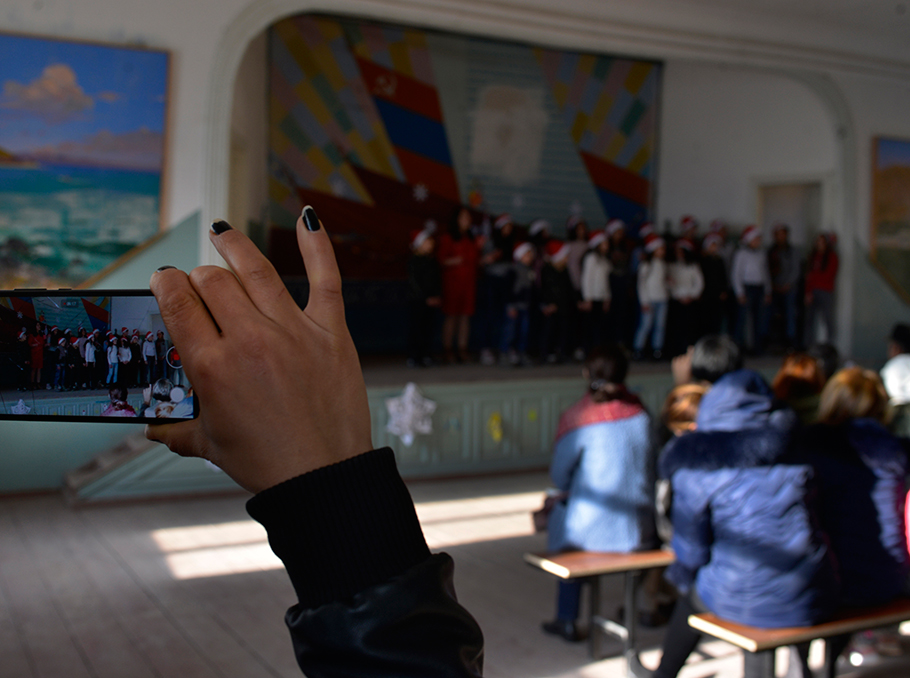
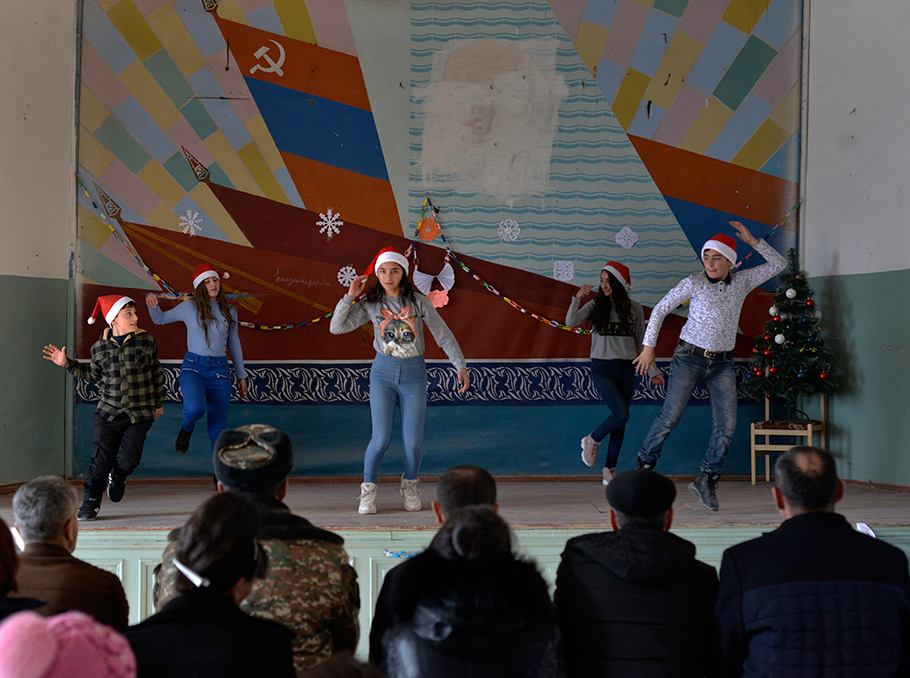


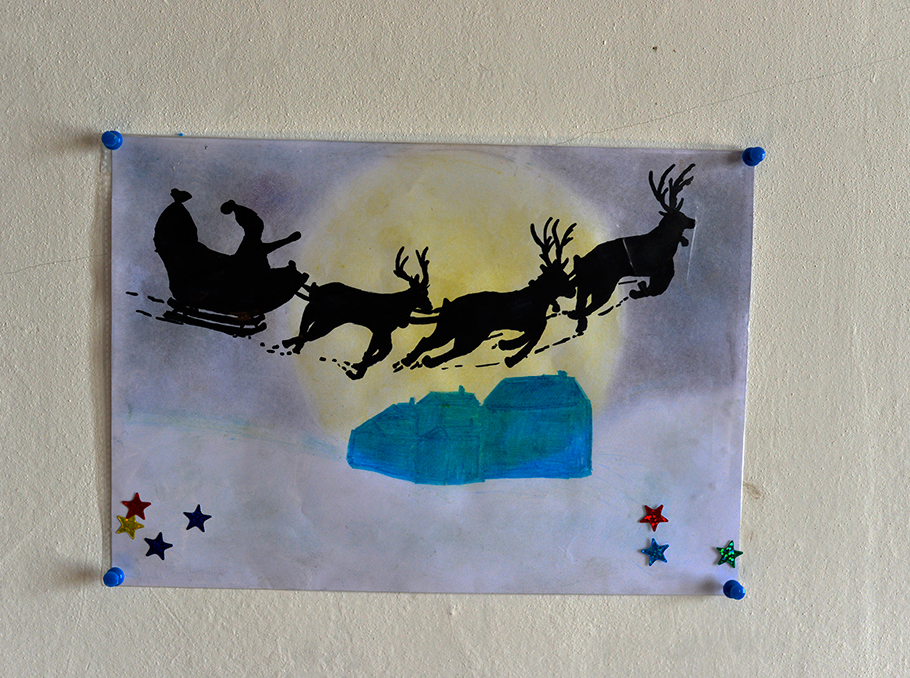

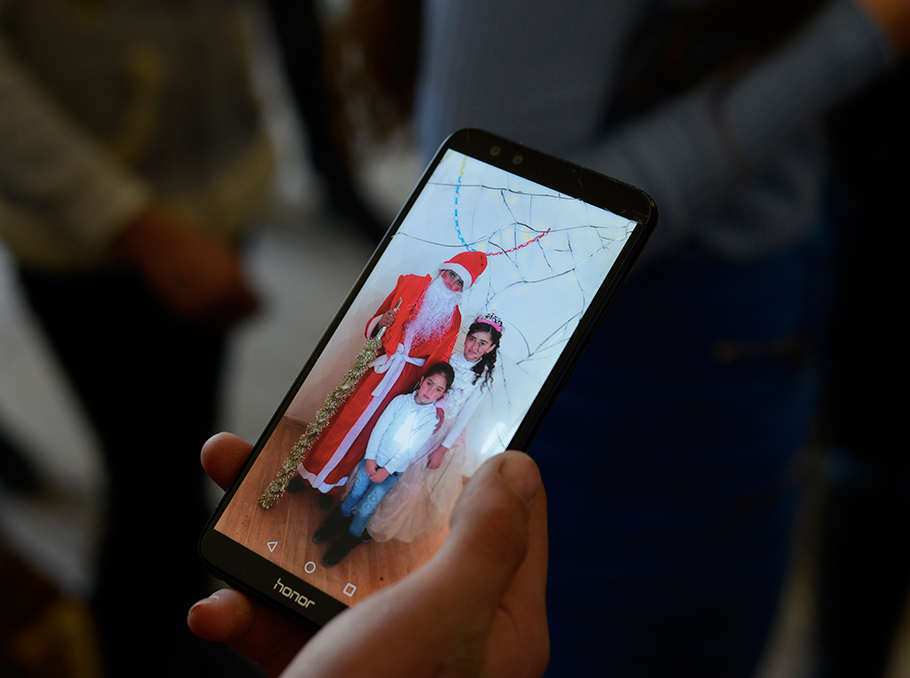
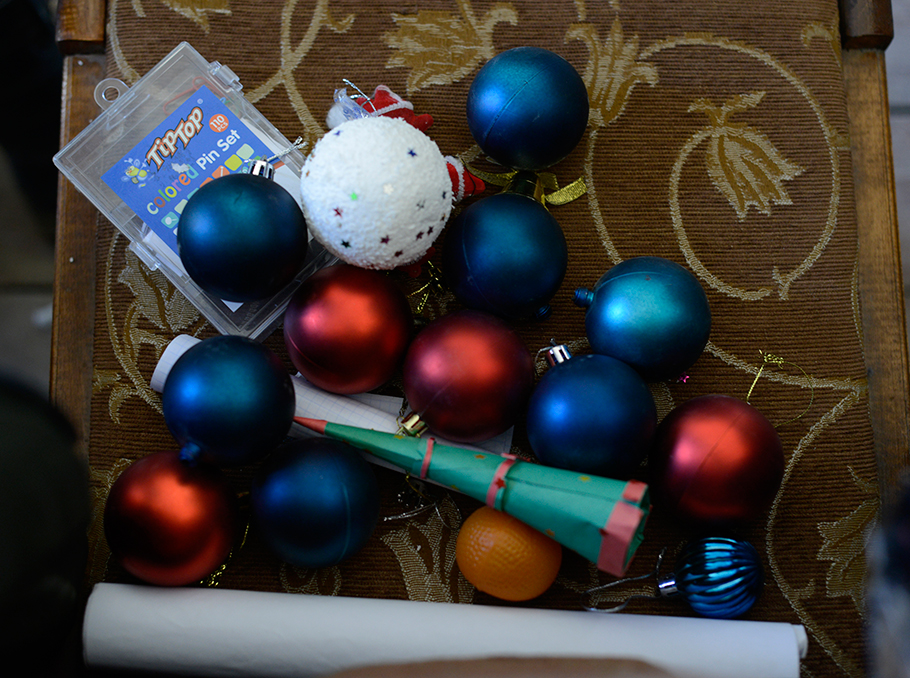
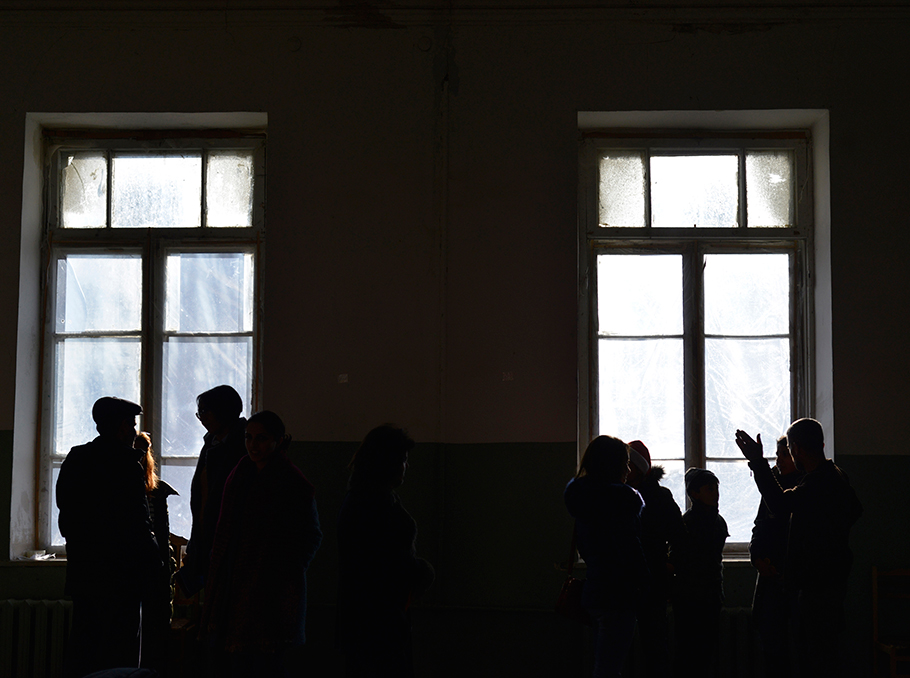
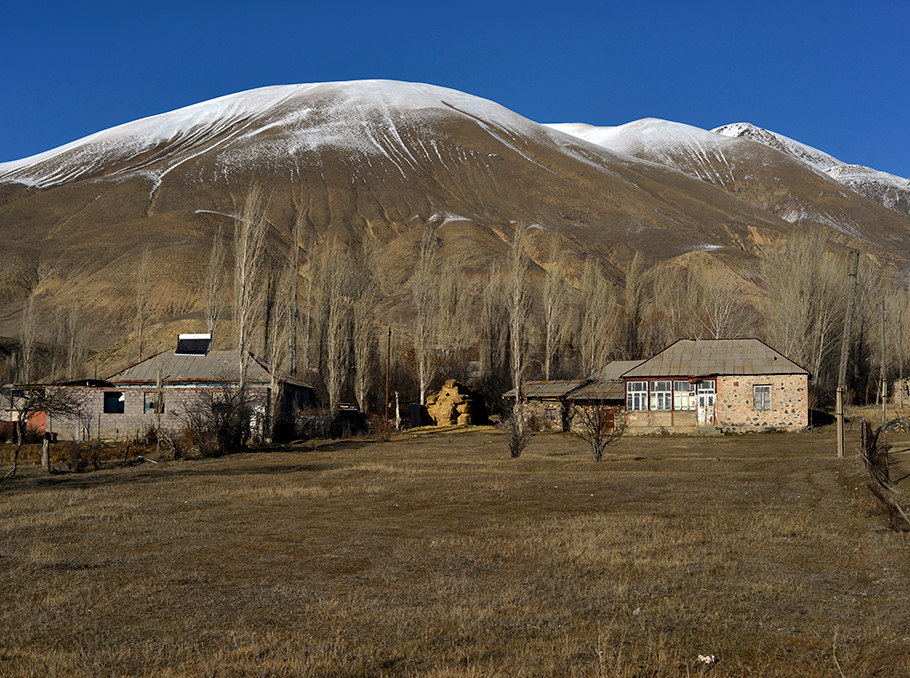
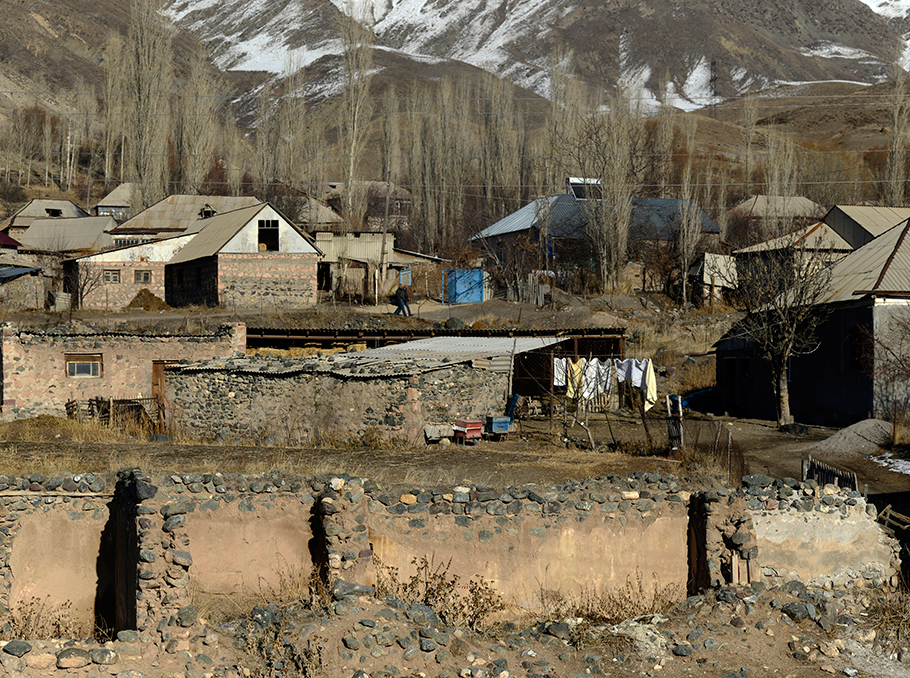
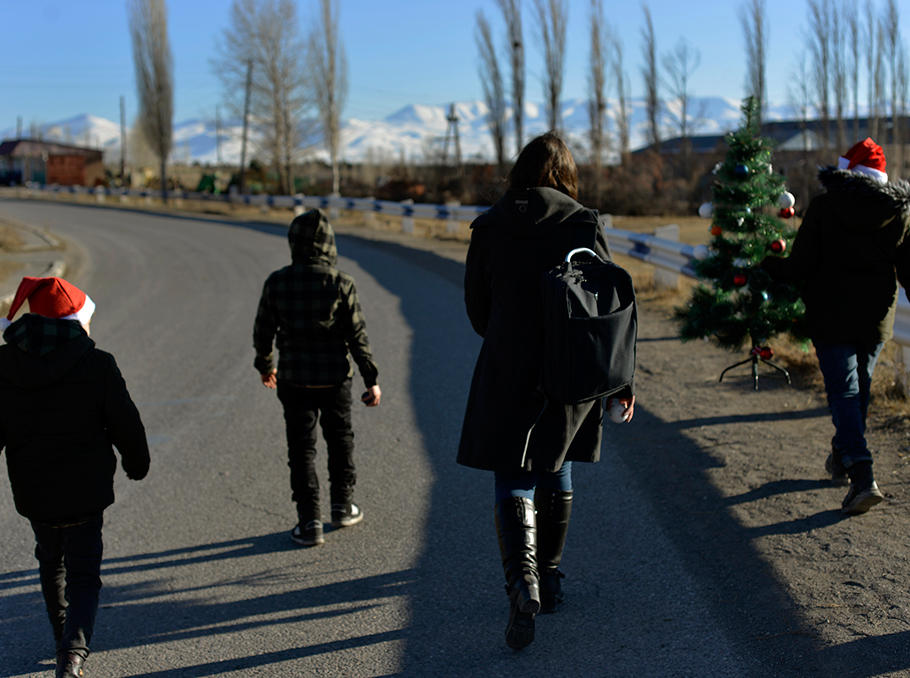
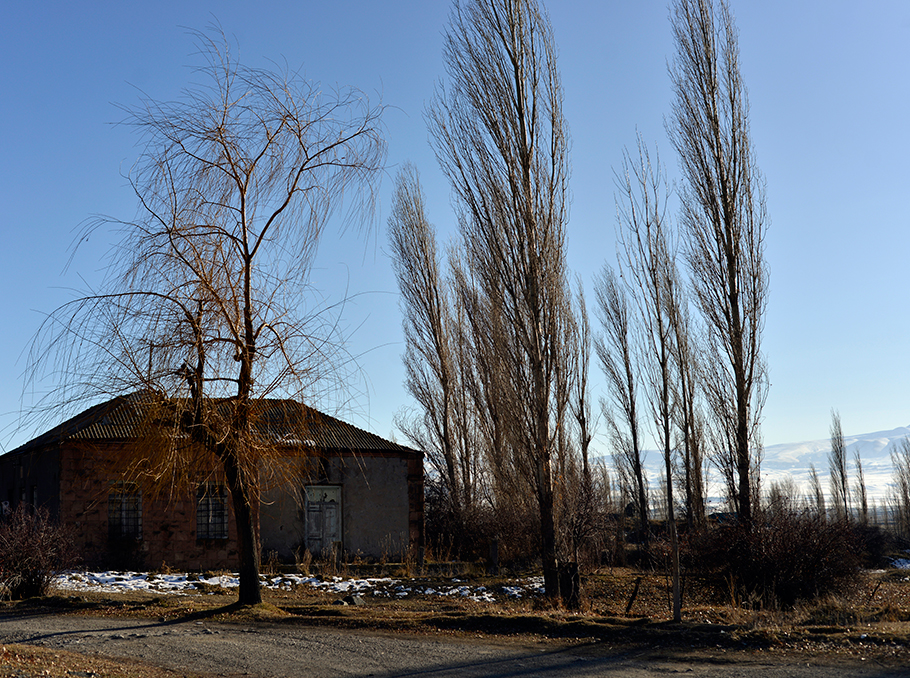
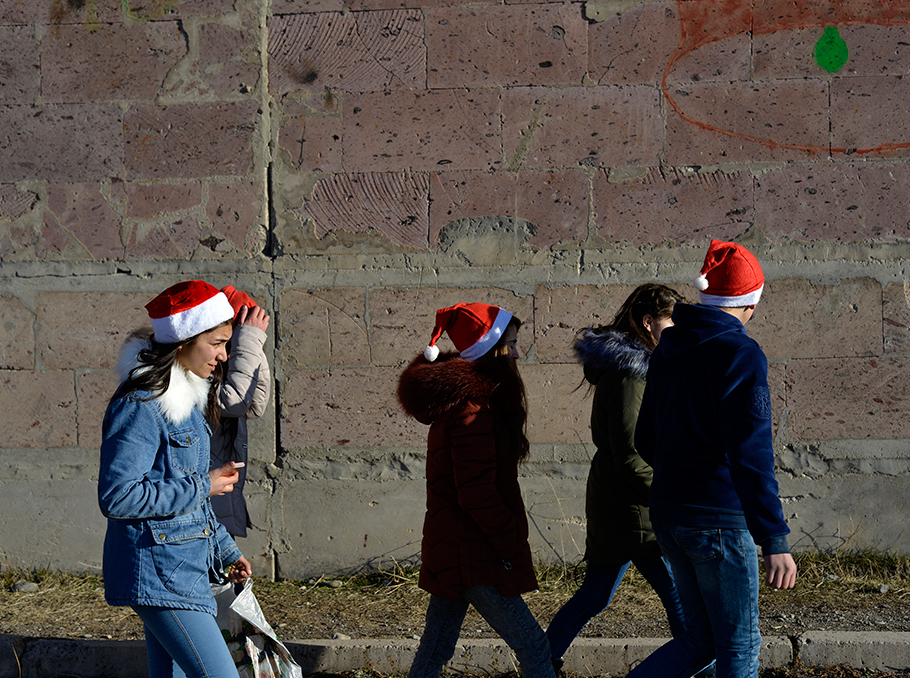
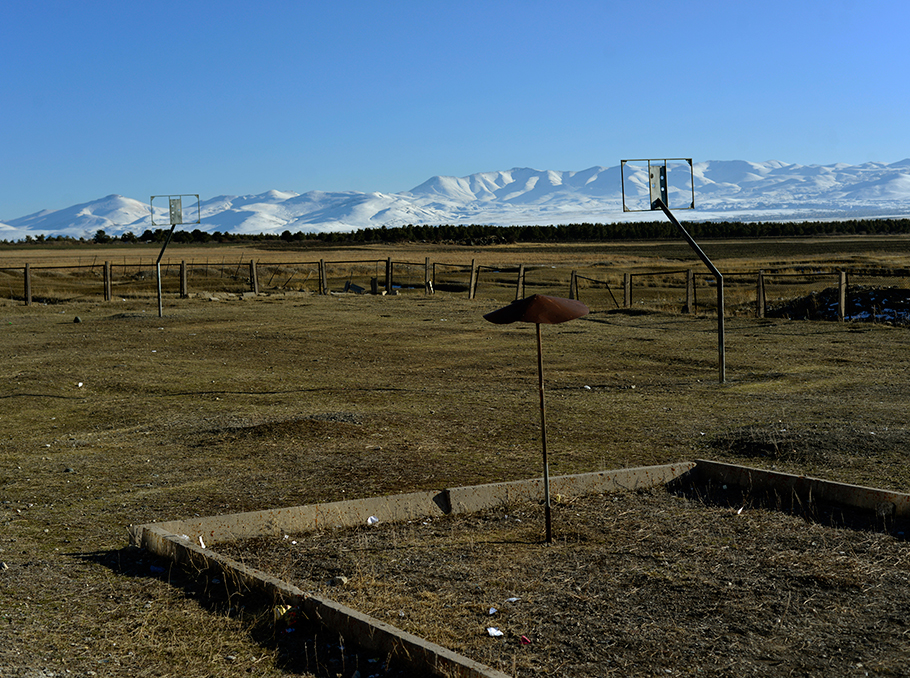
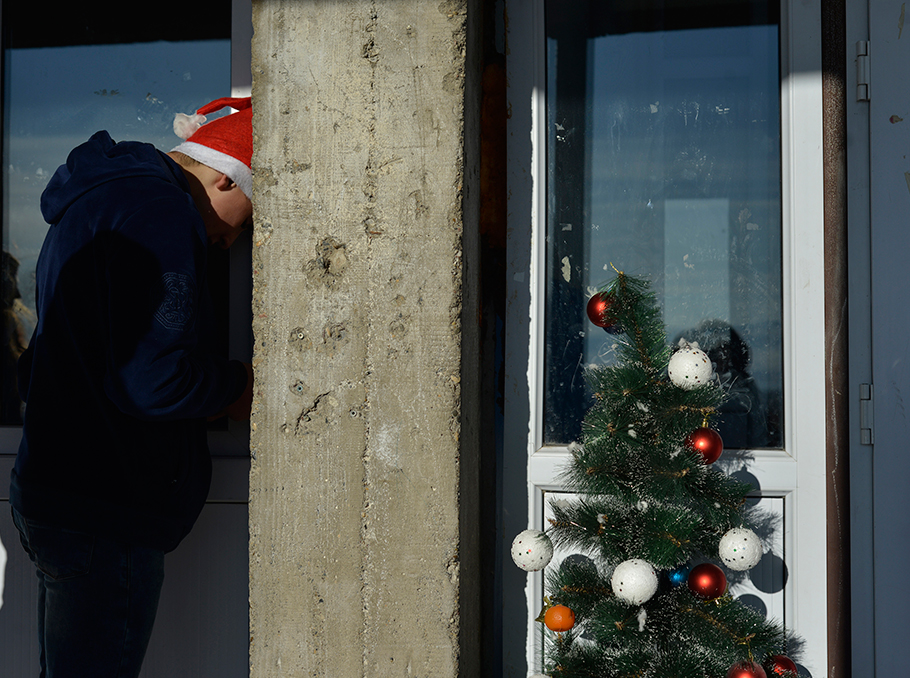
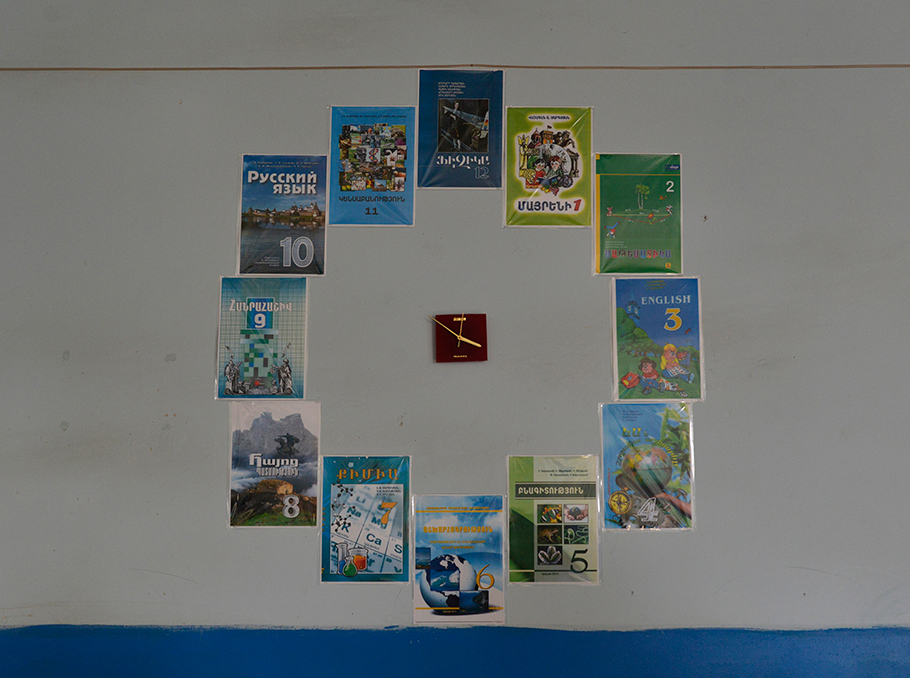

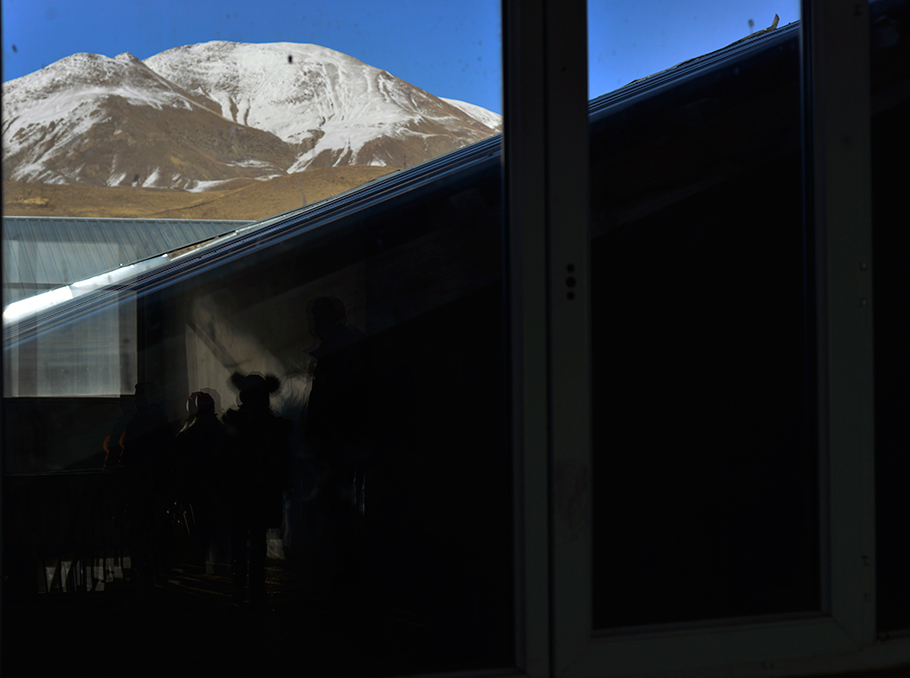
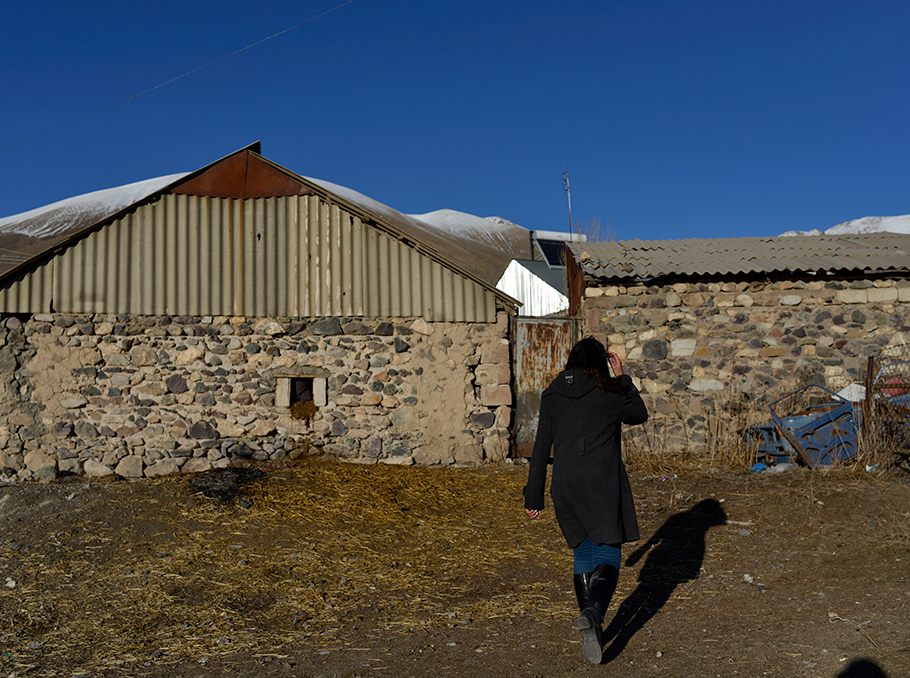

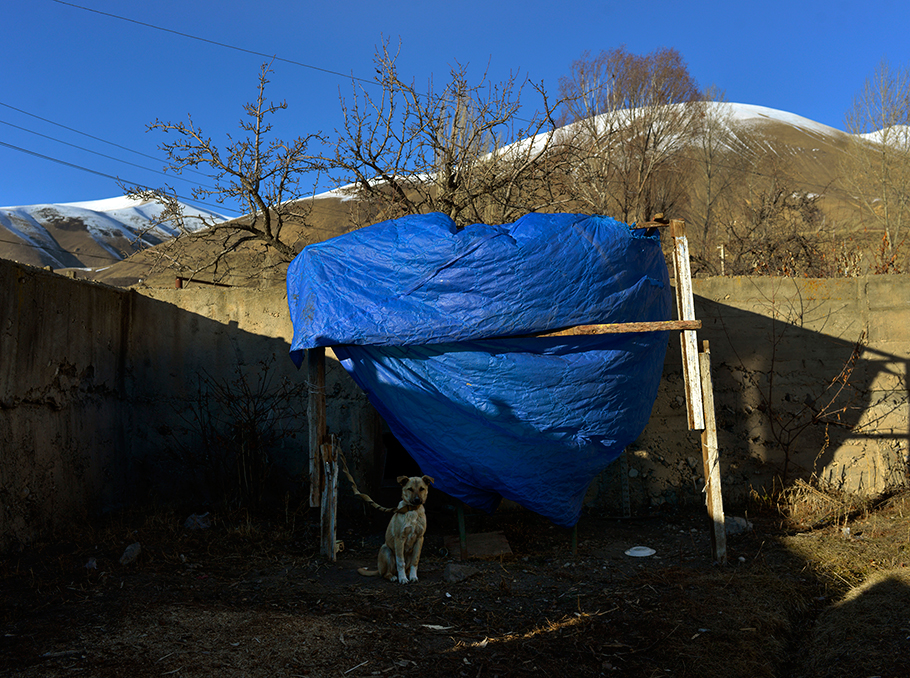
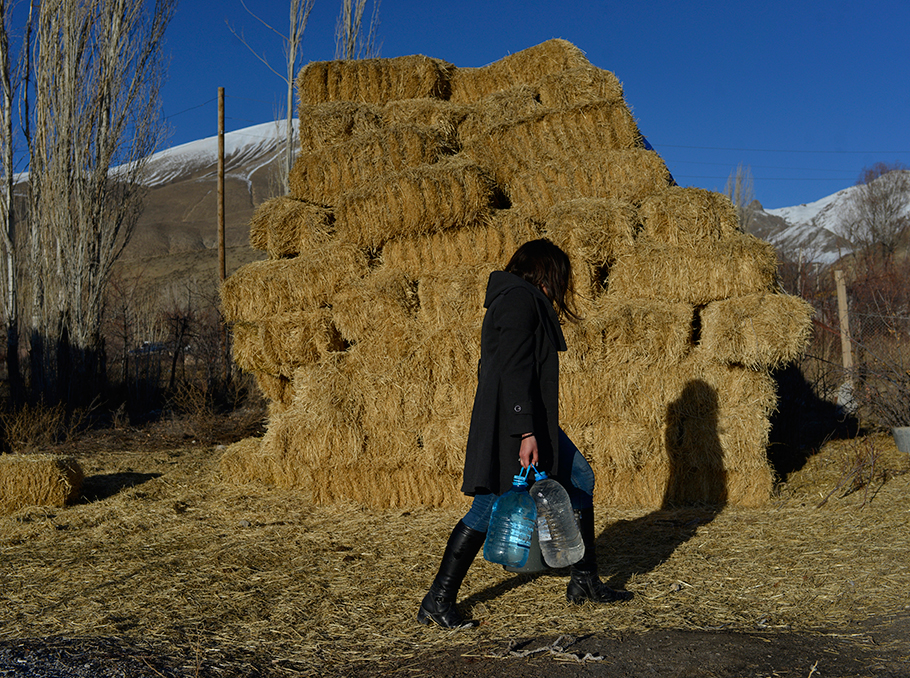

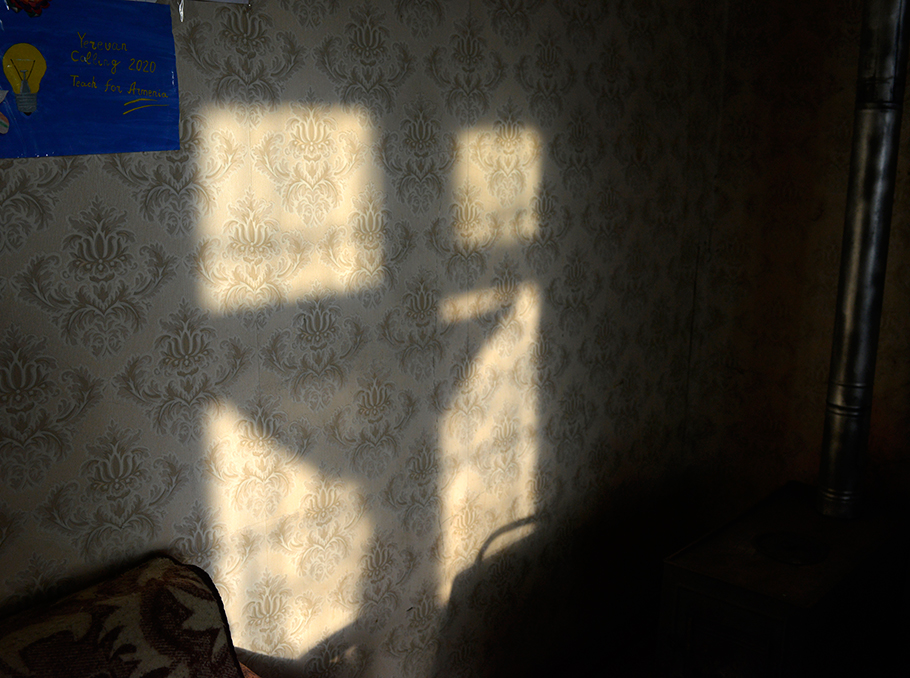
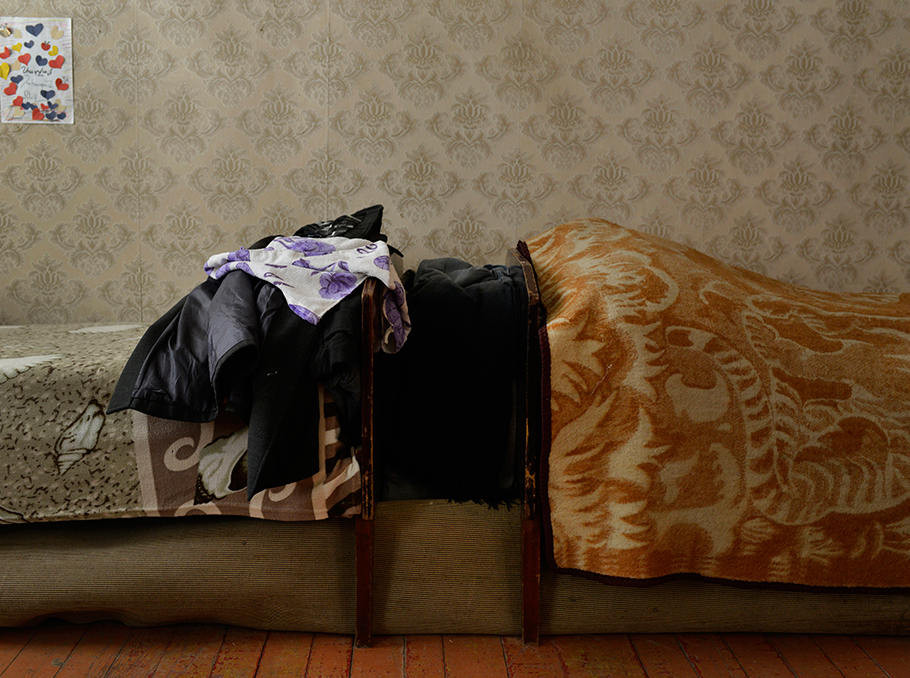
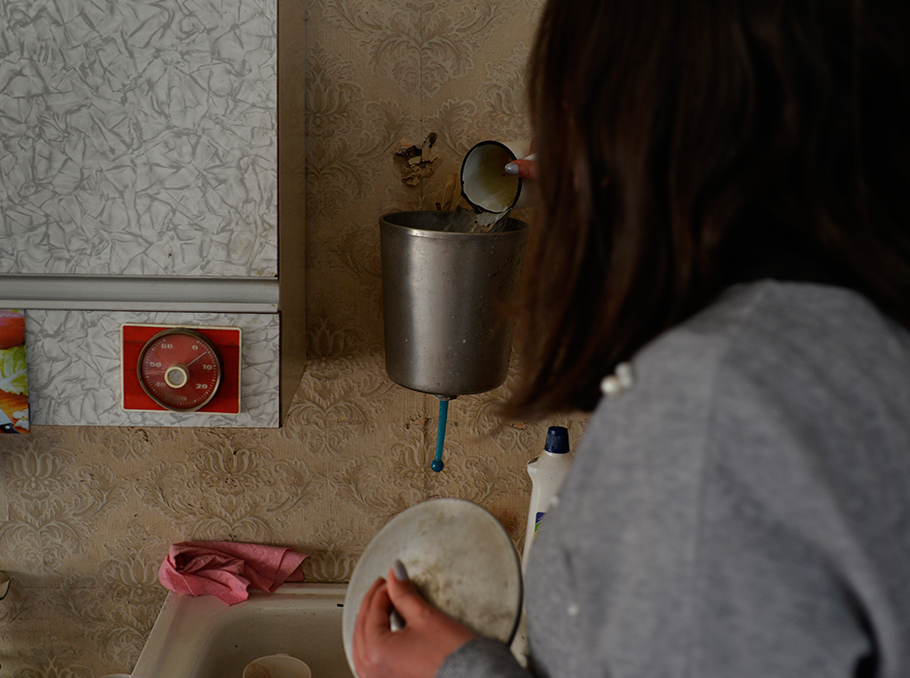
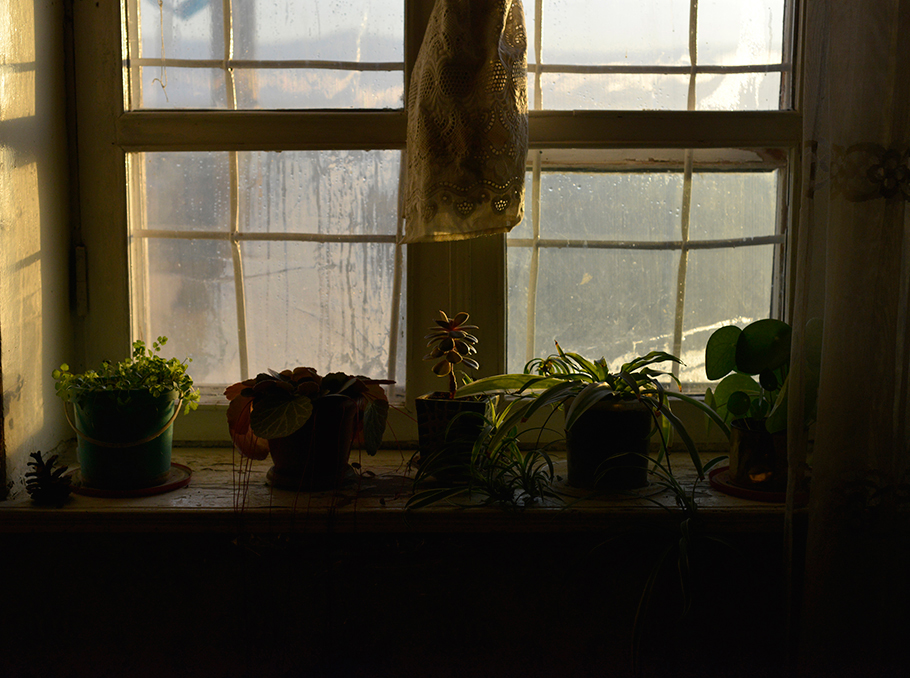

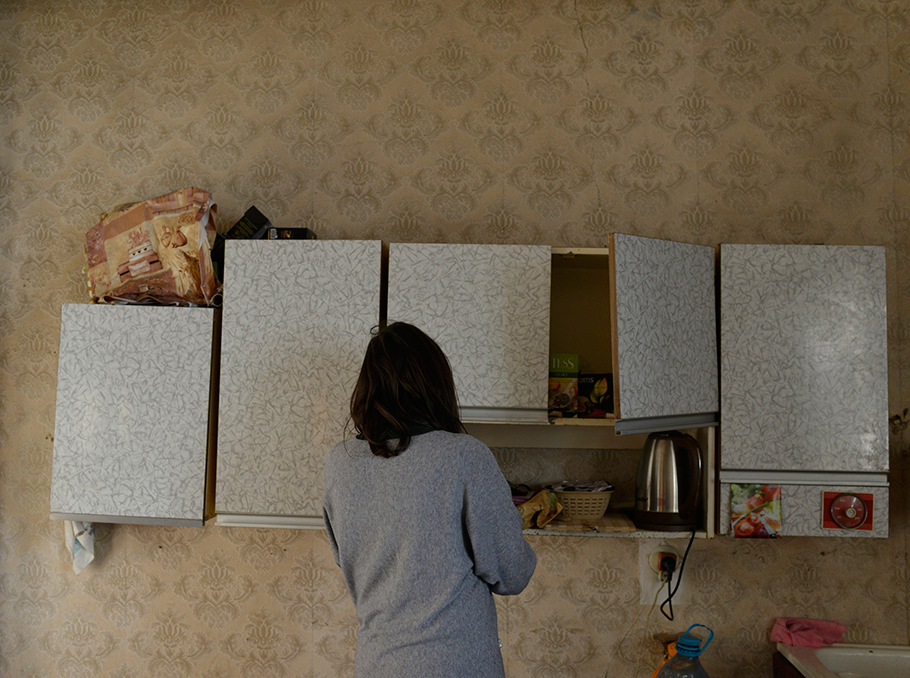

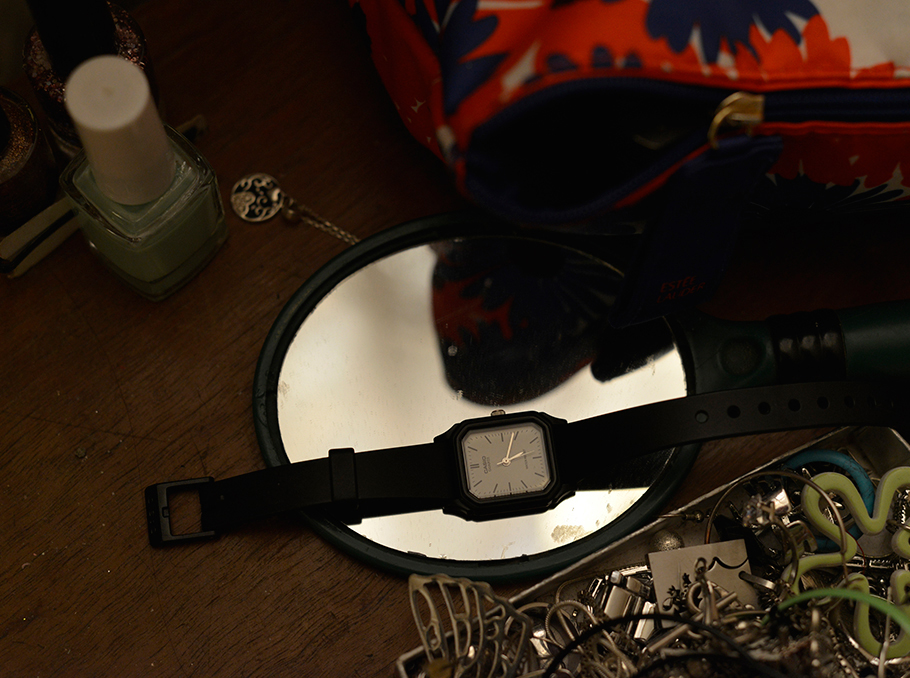
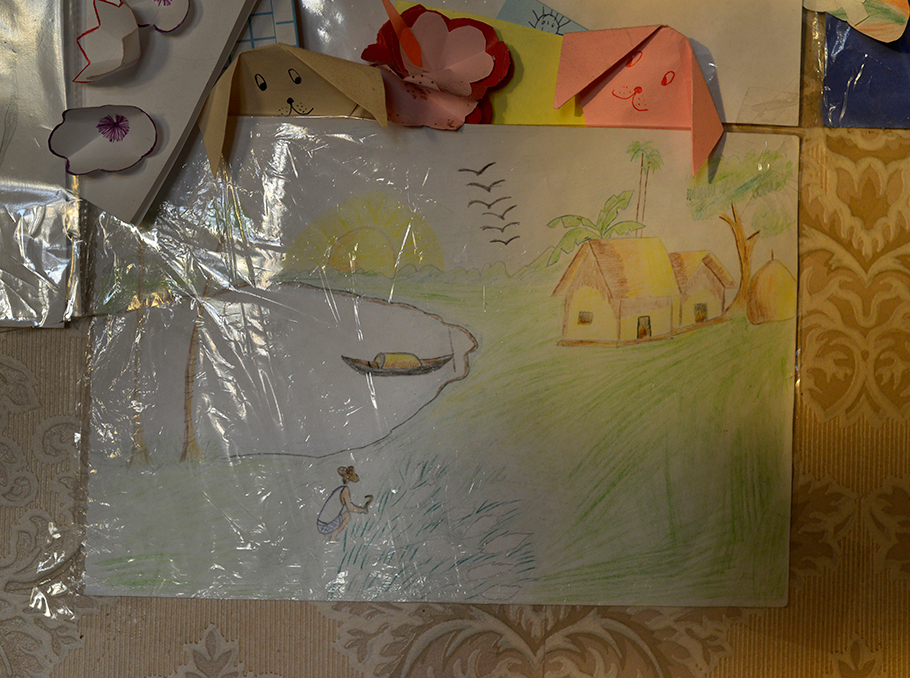
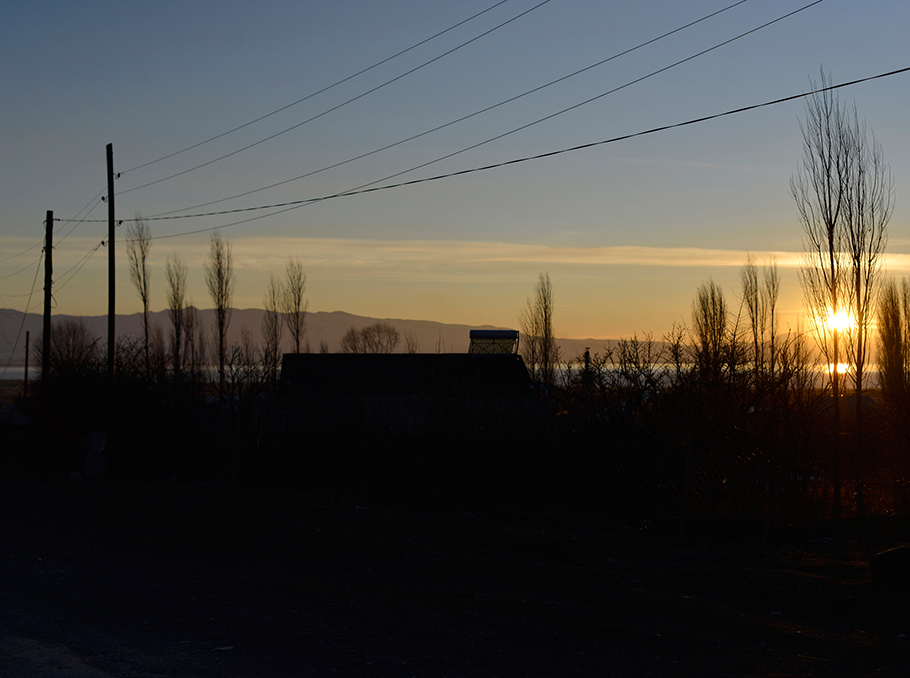

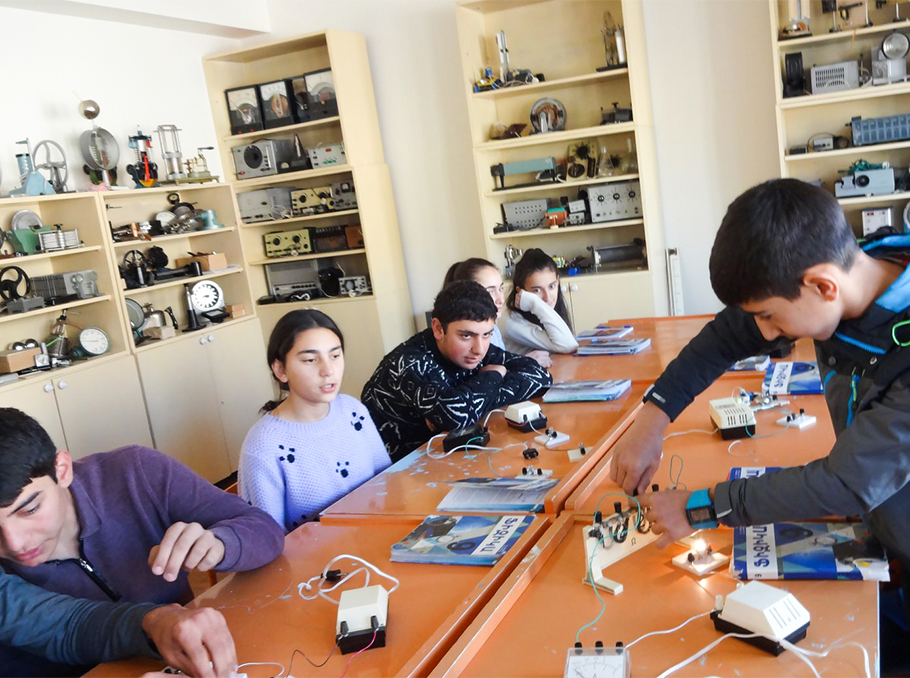
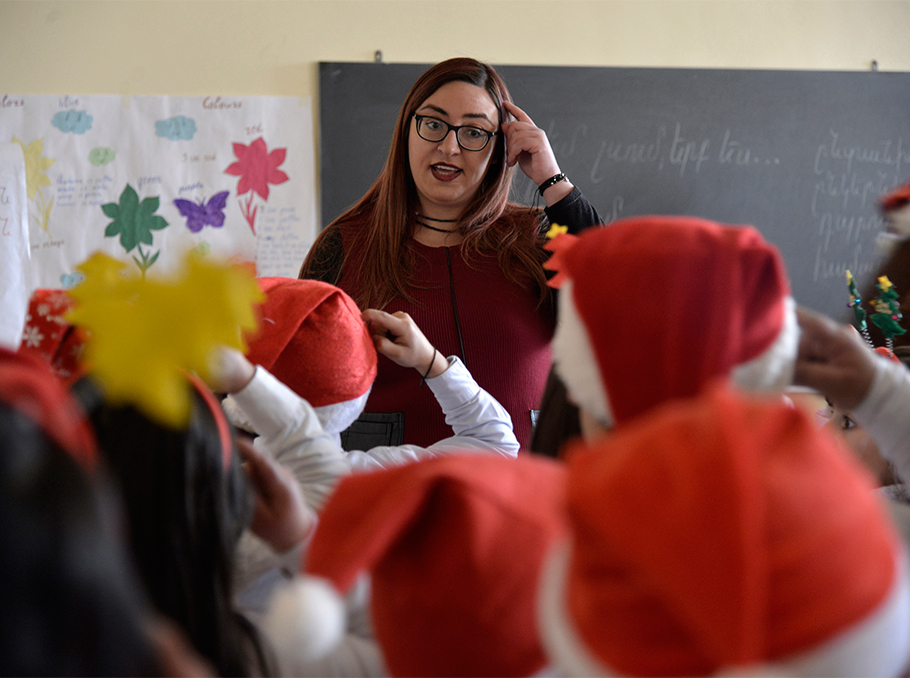
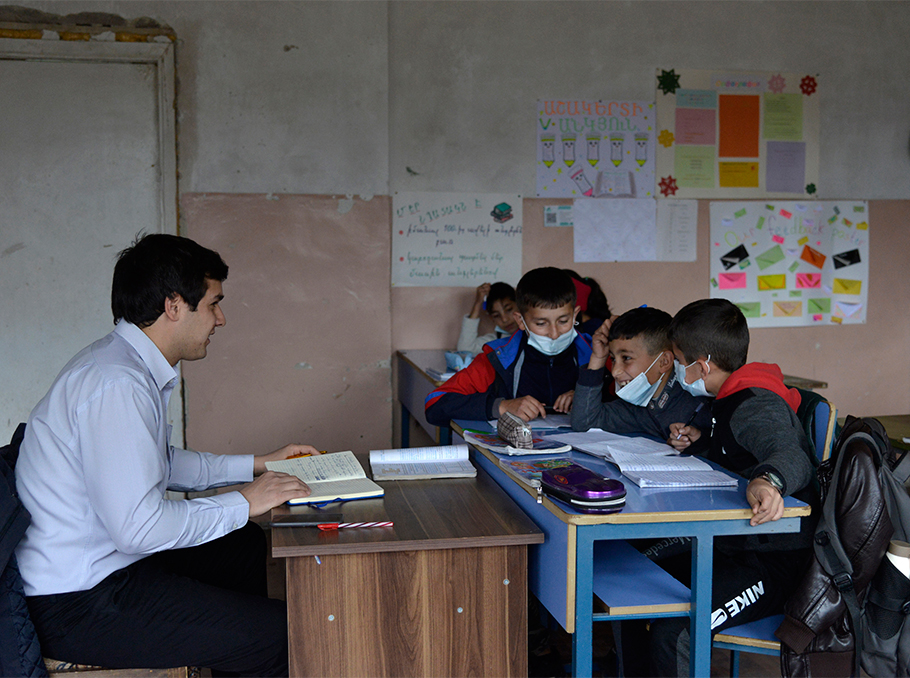
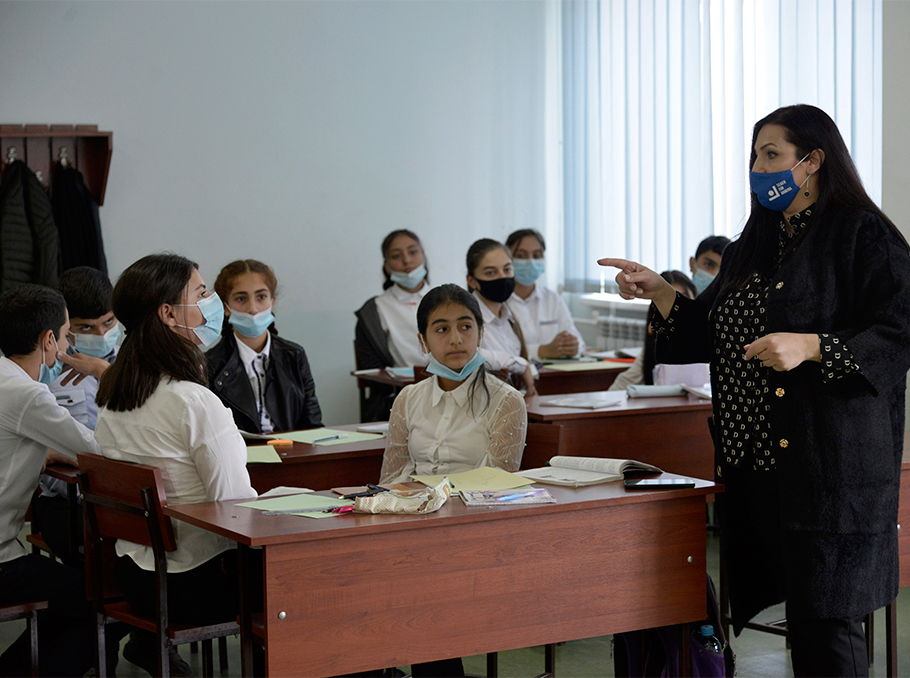






Comments
Dear visitors, You can place your opinion on the material using your Facebook account. Please, be polite and follow our simple rules: you are not allowed to make off - topic comments, place advertisements, use abusive and filthy language. The editorial staff reserves the right to moderate and delete comments in case of breach of the rules.